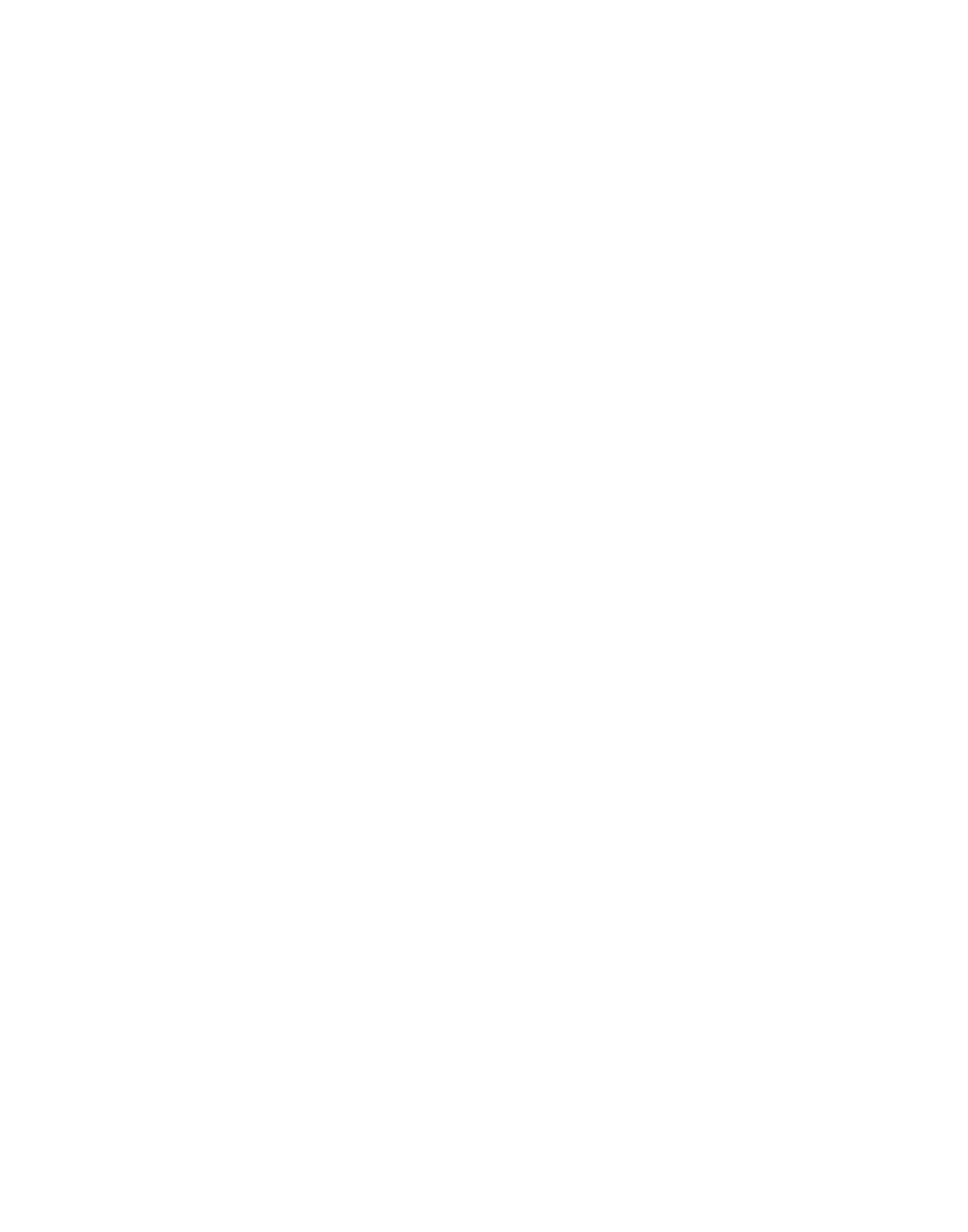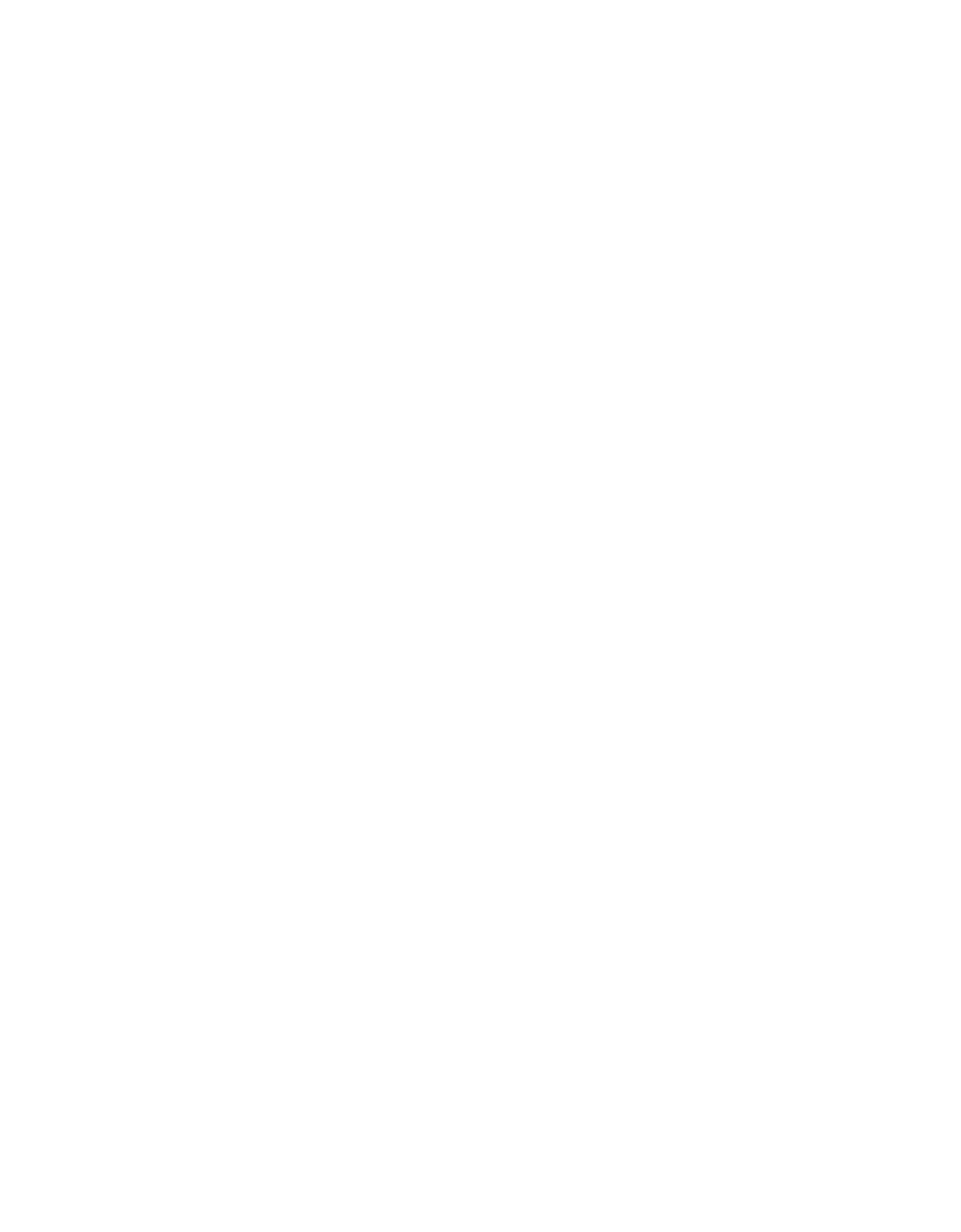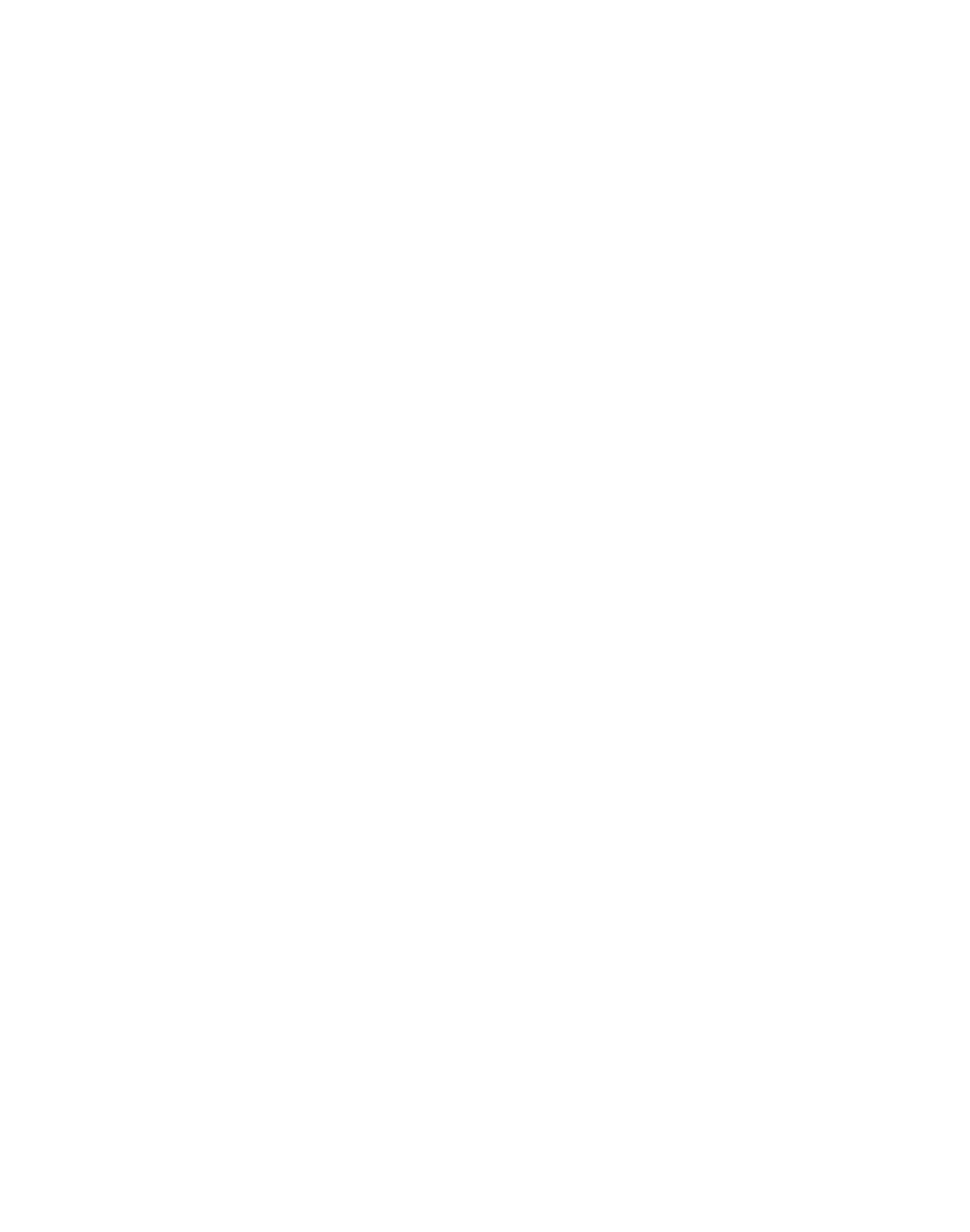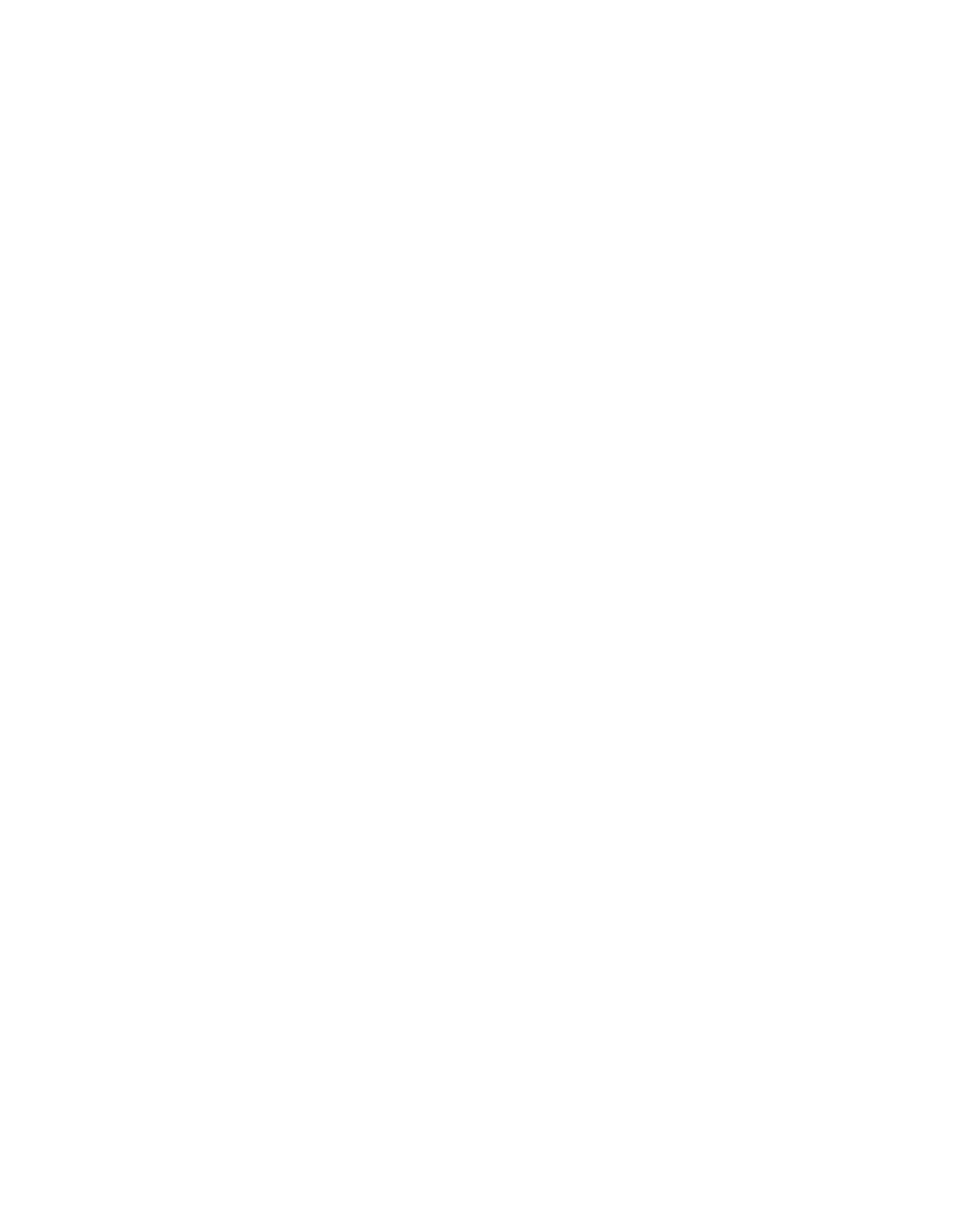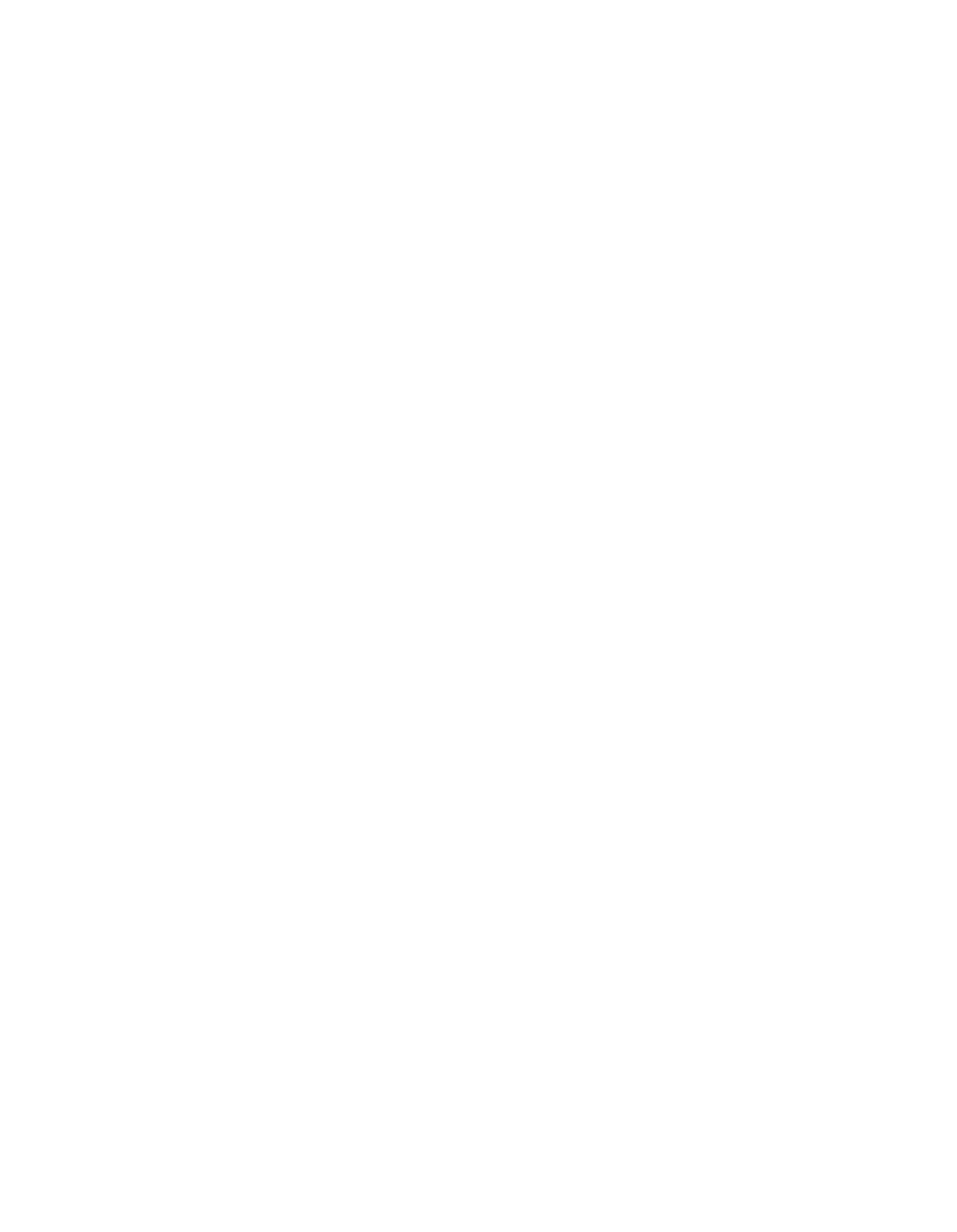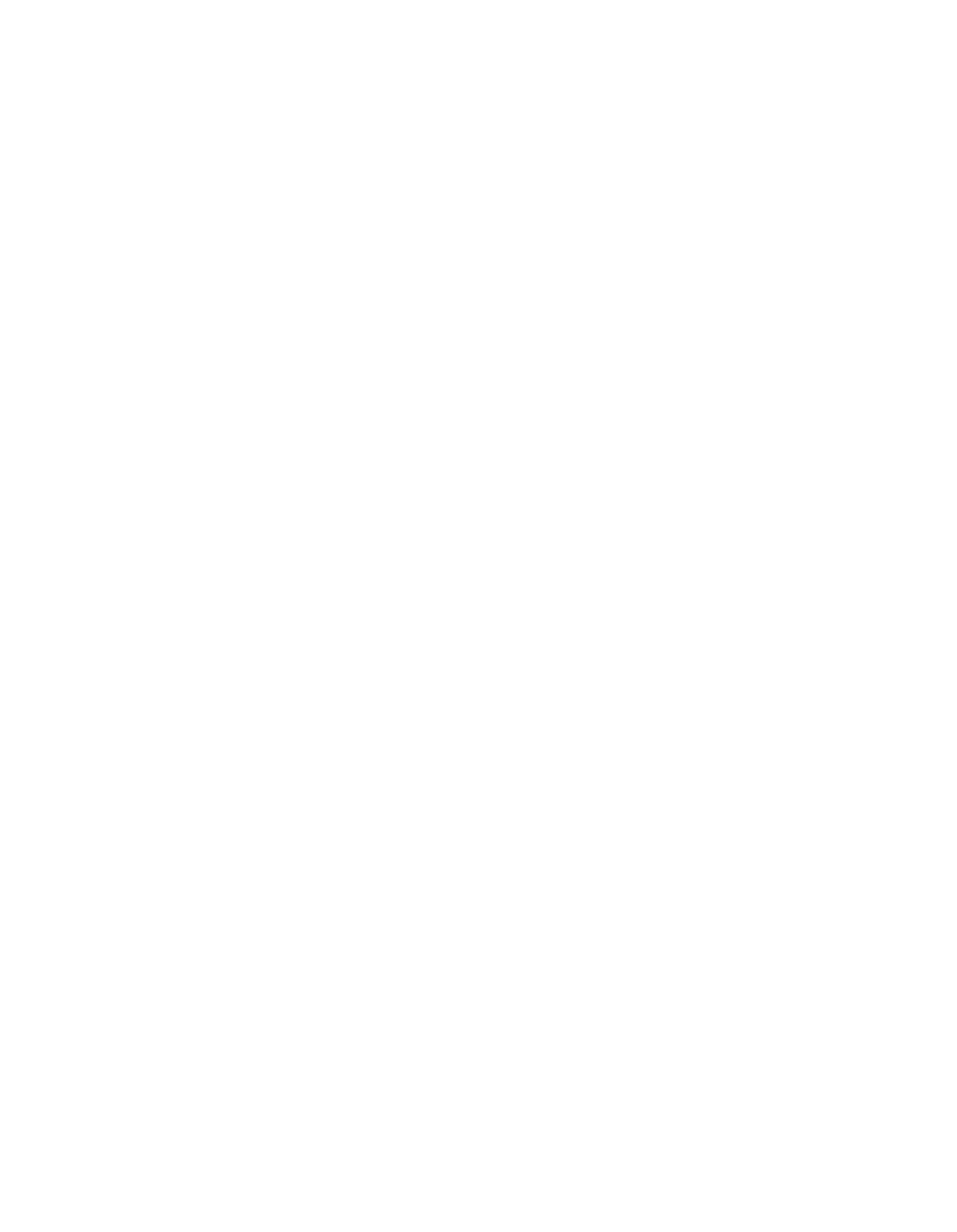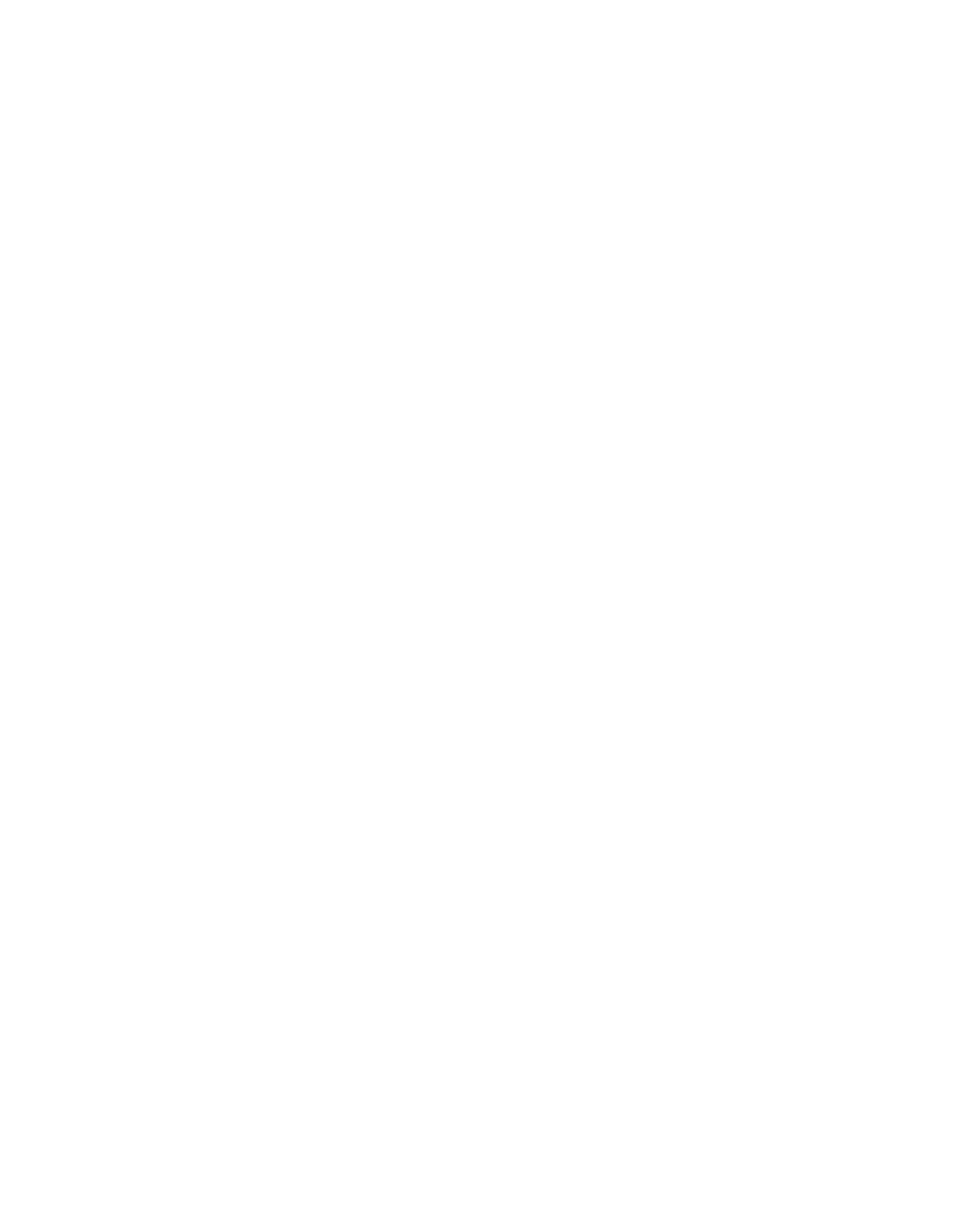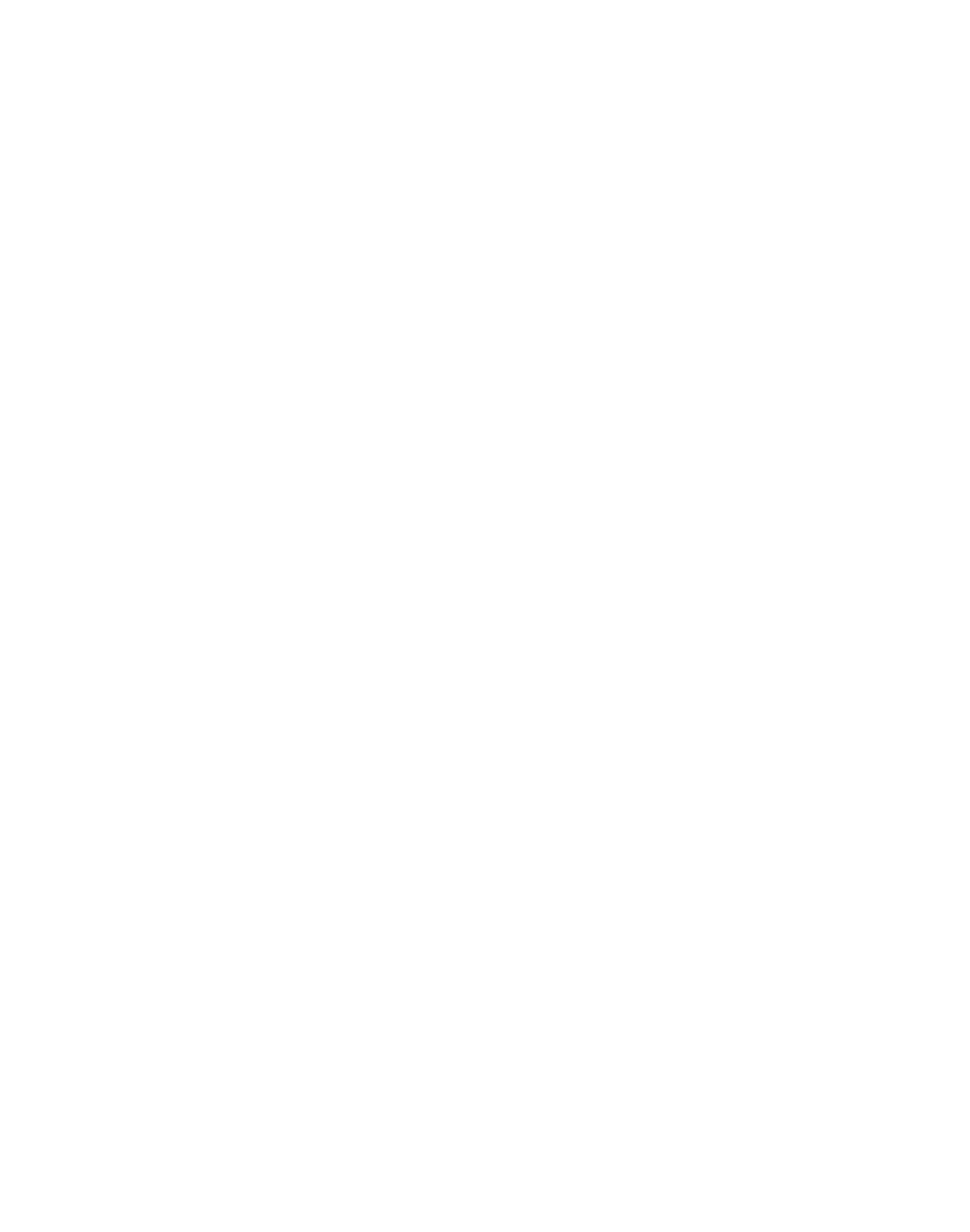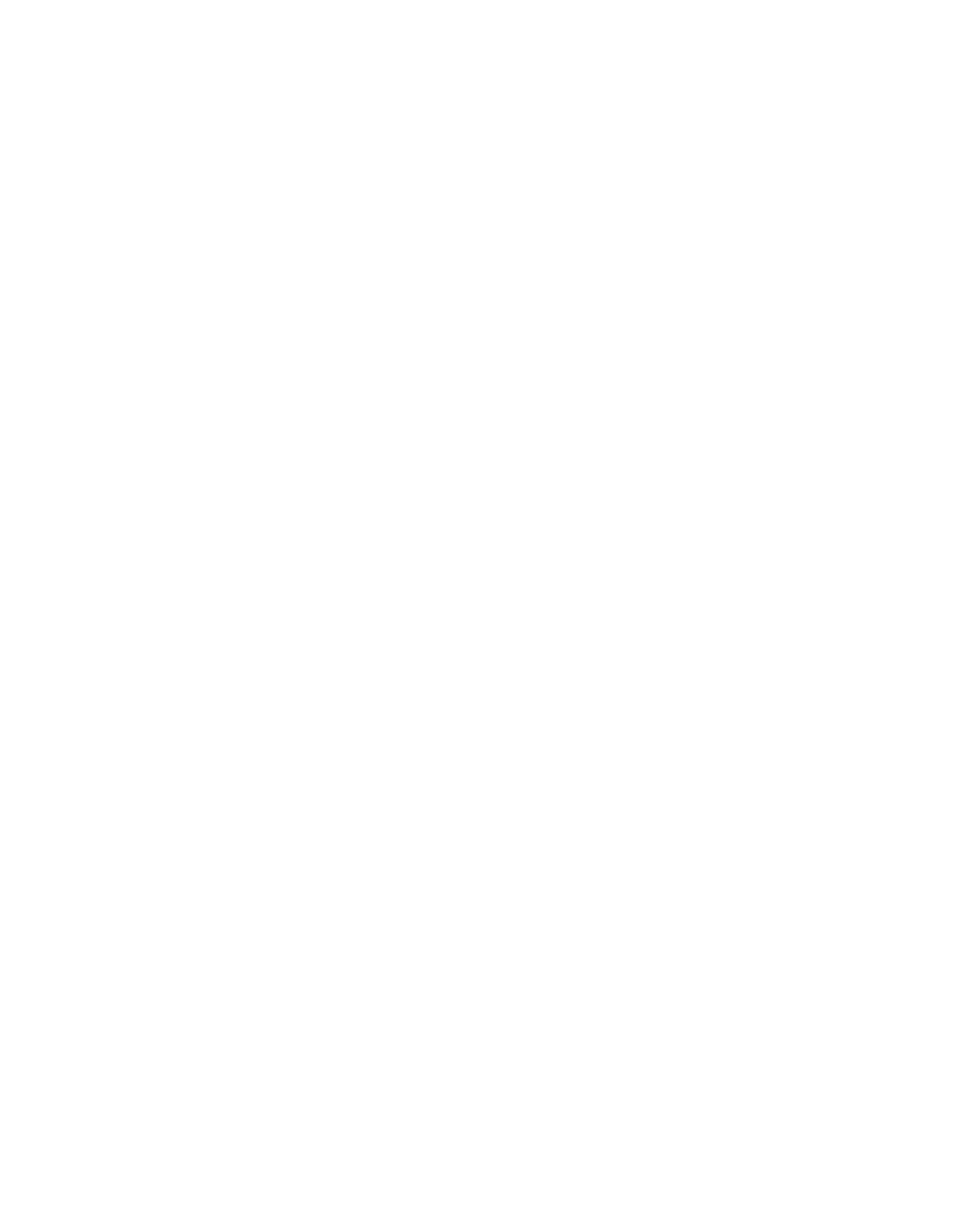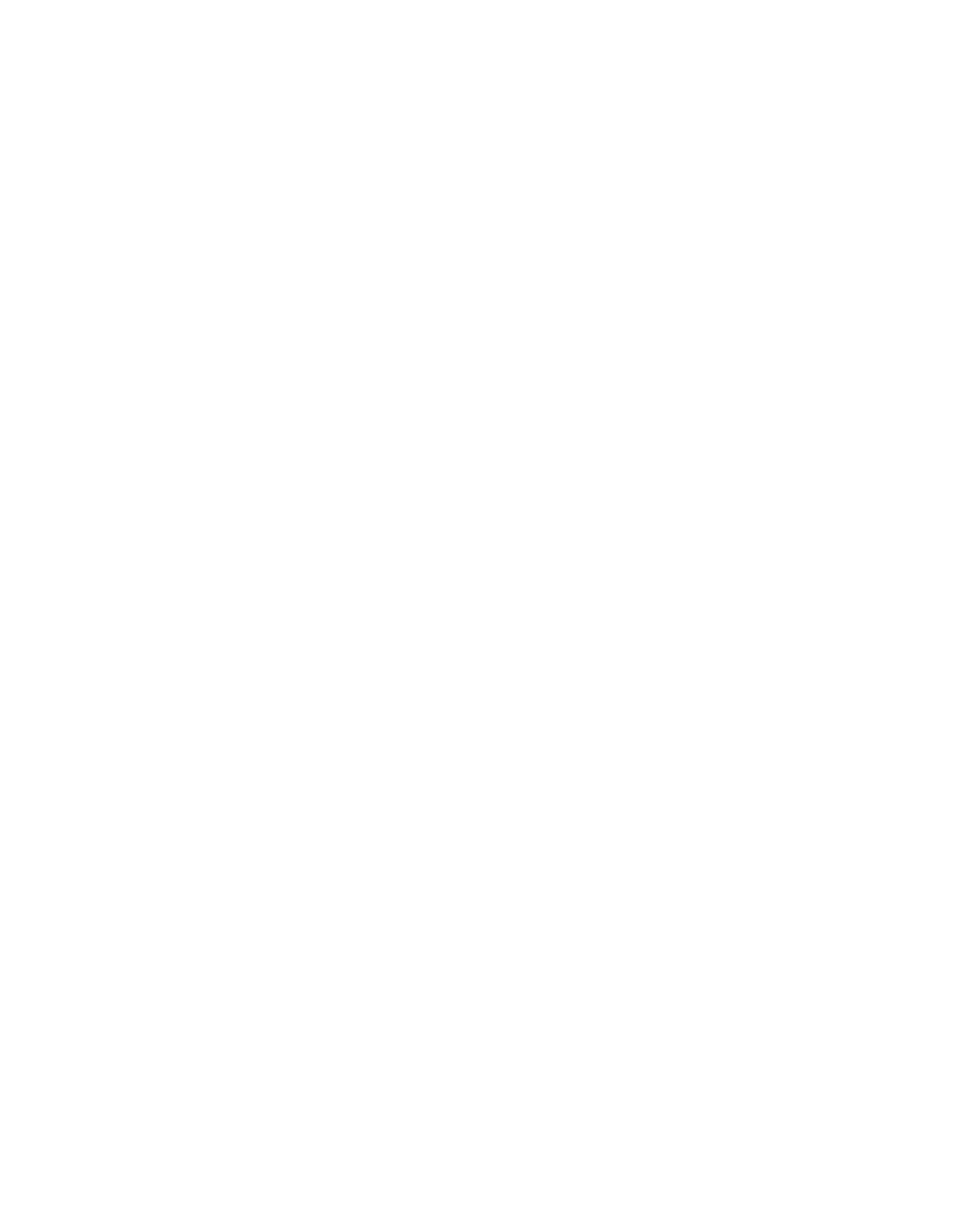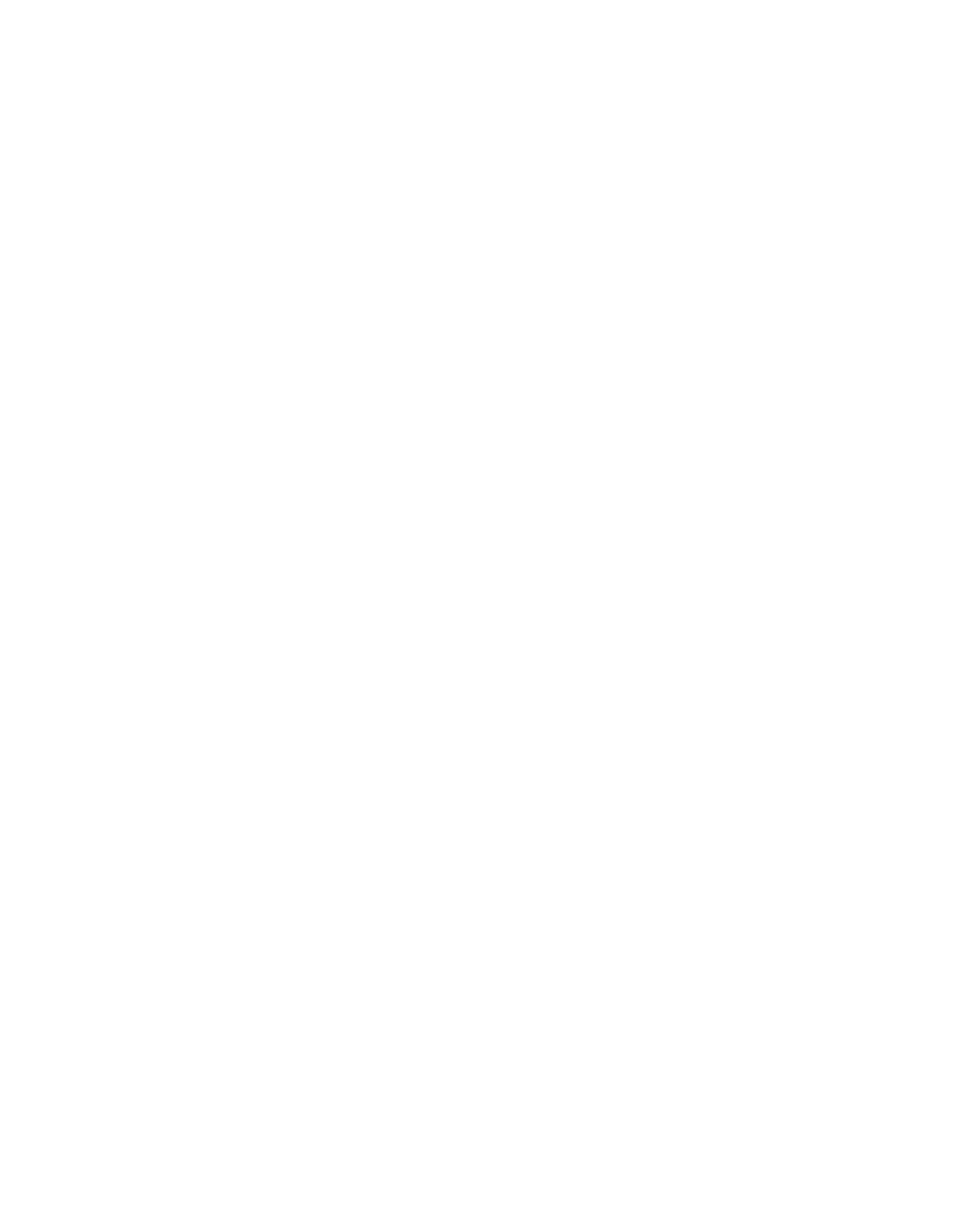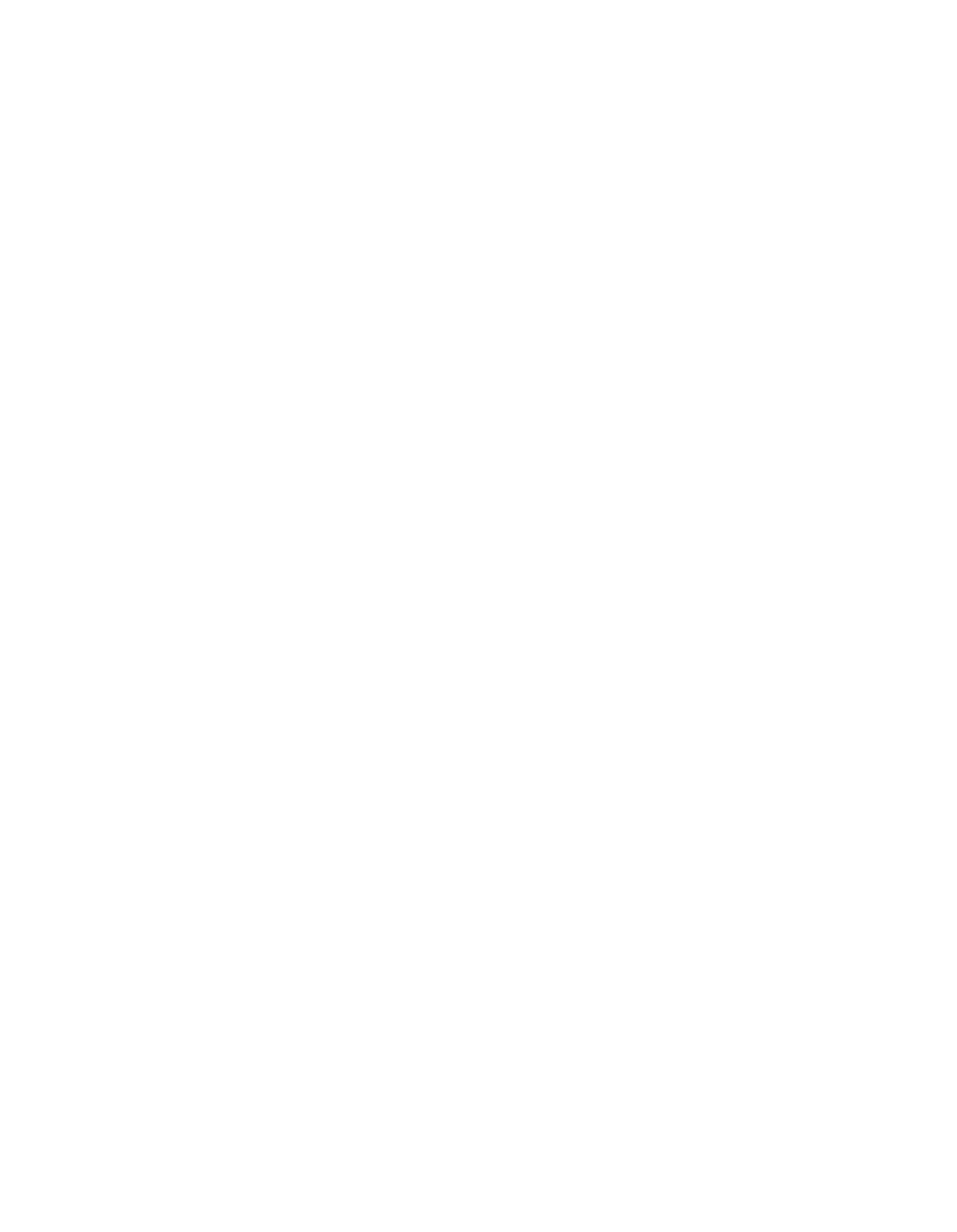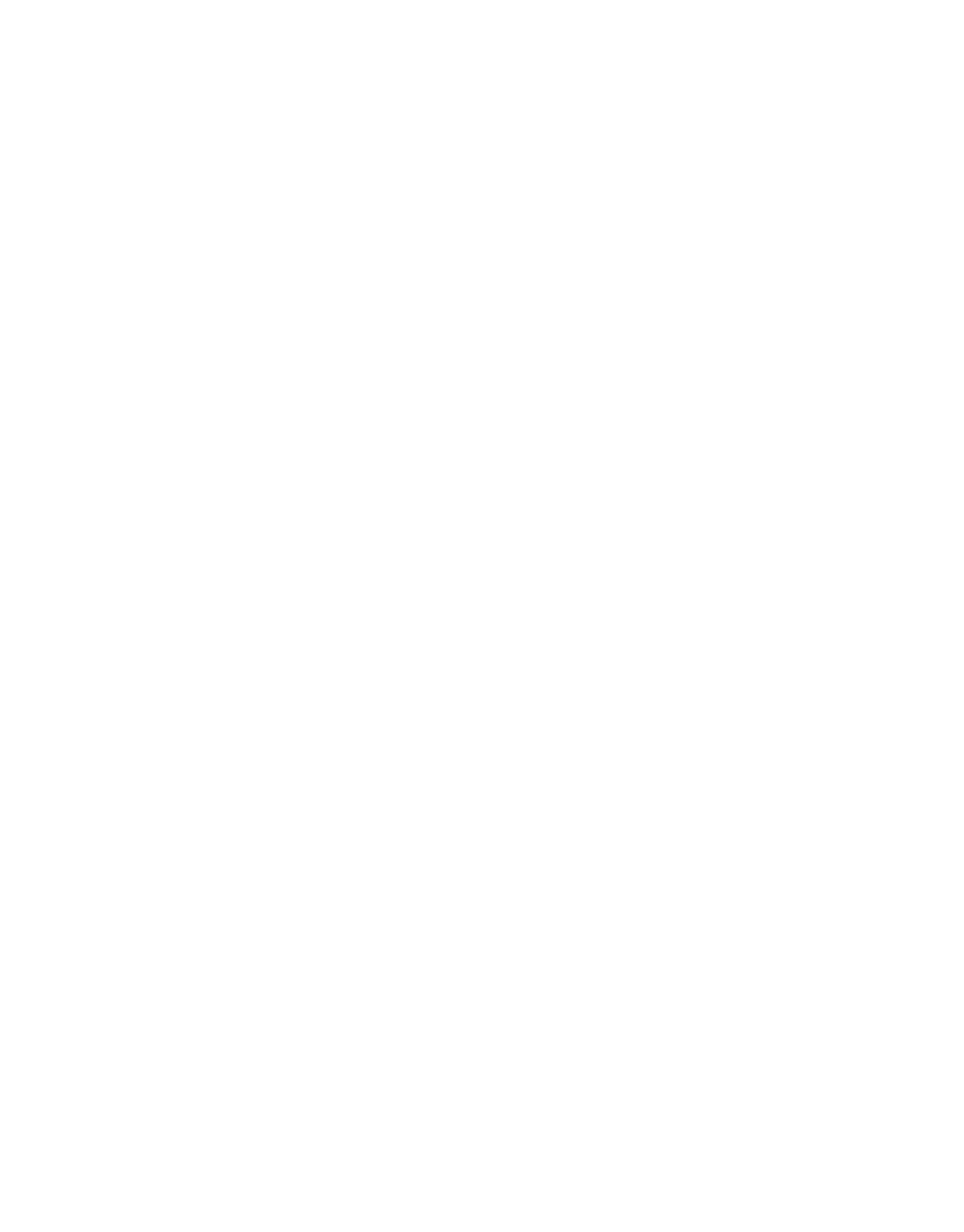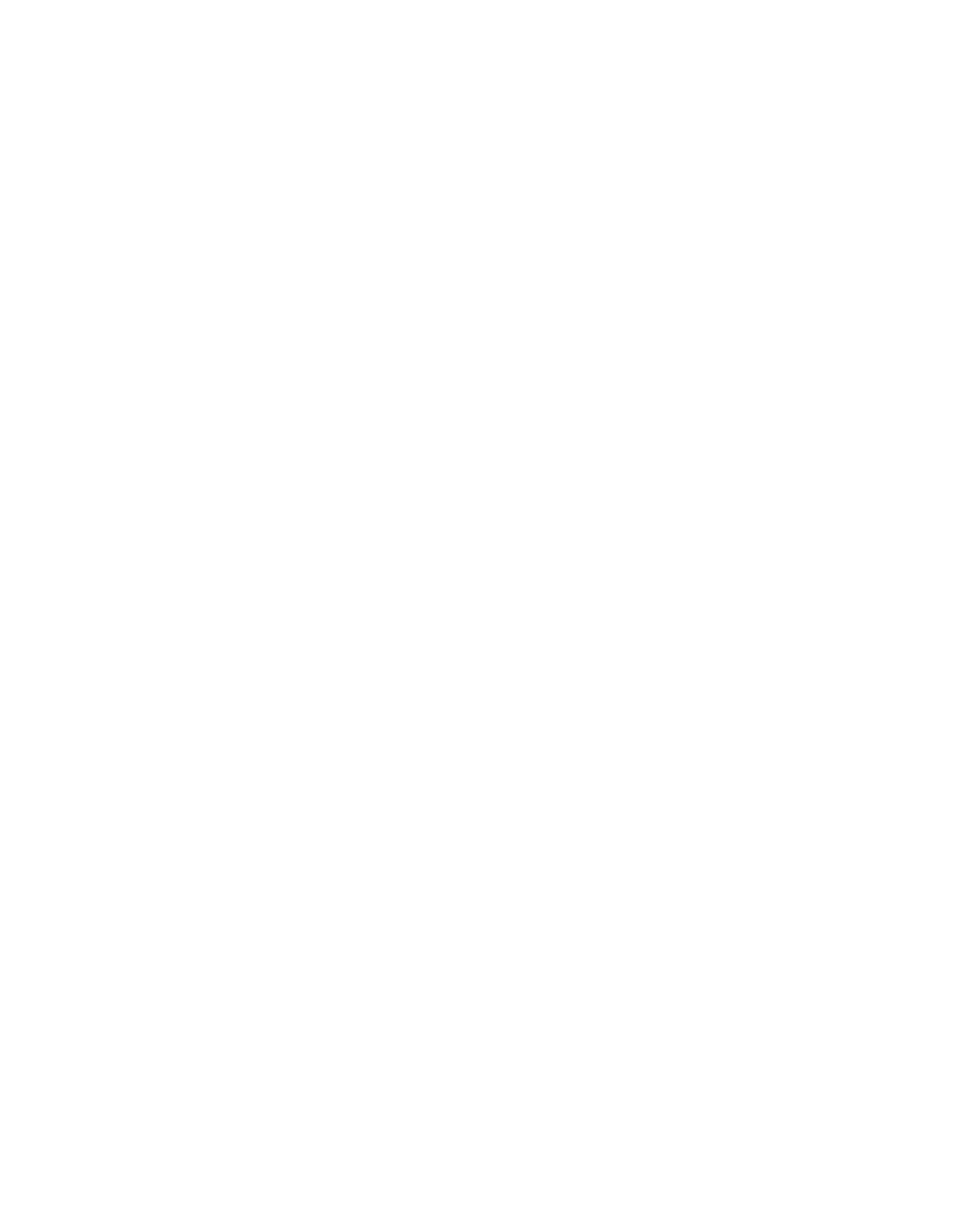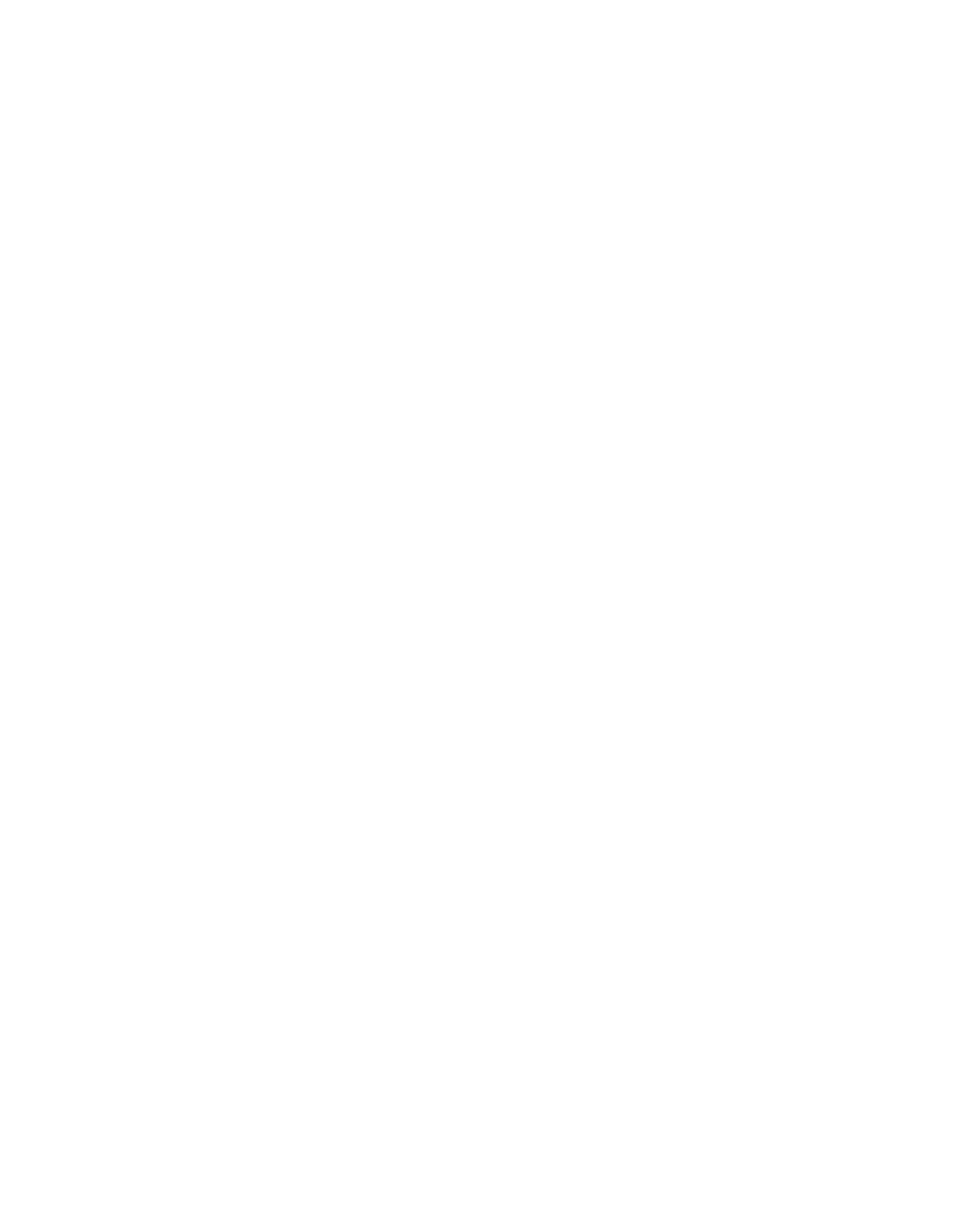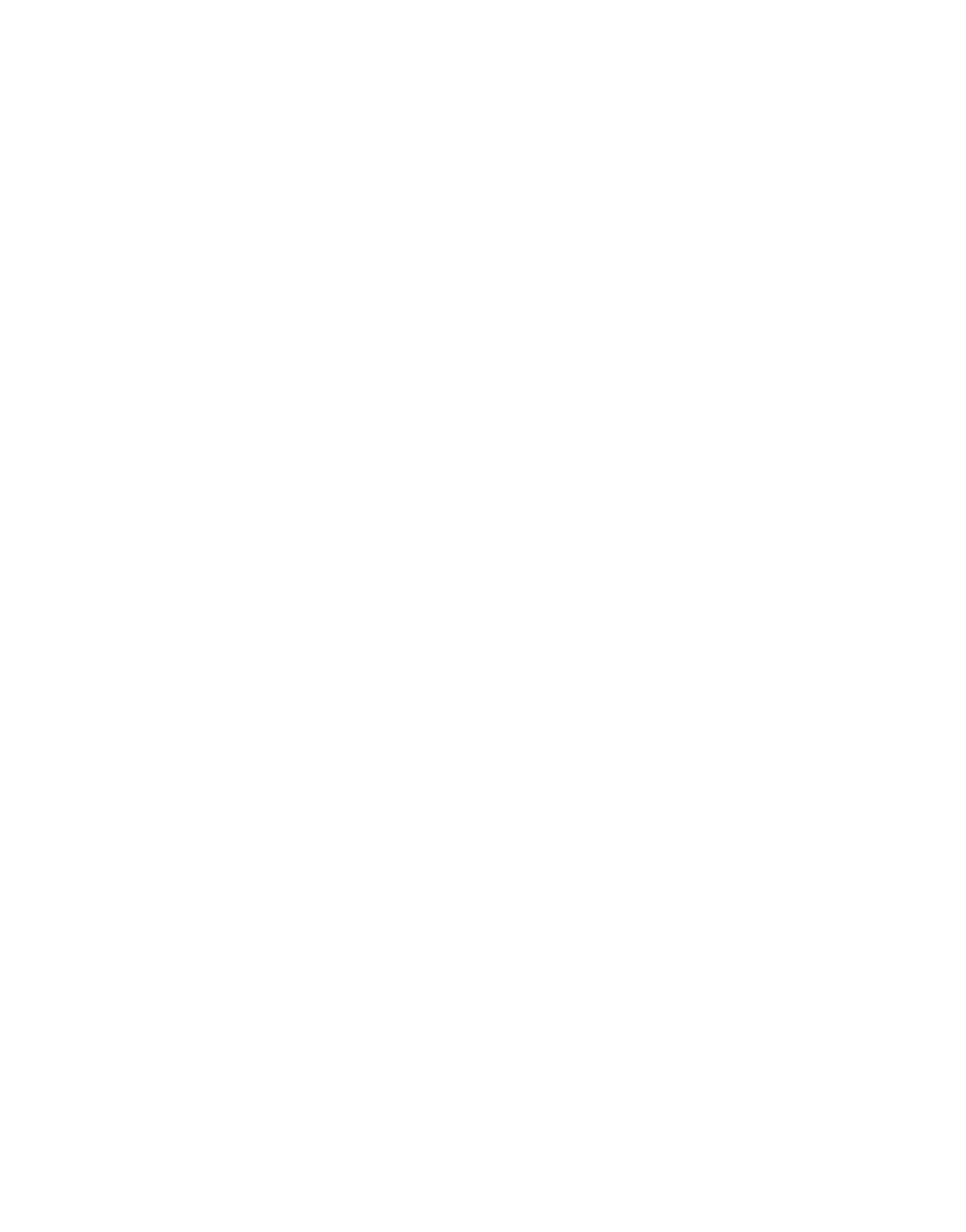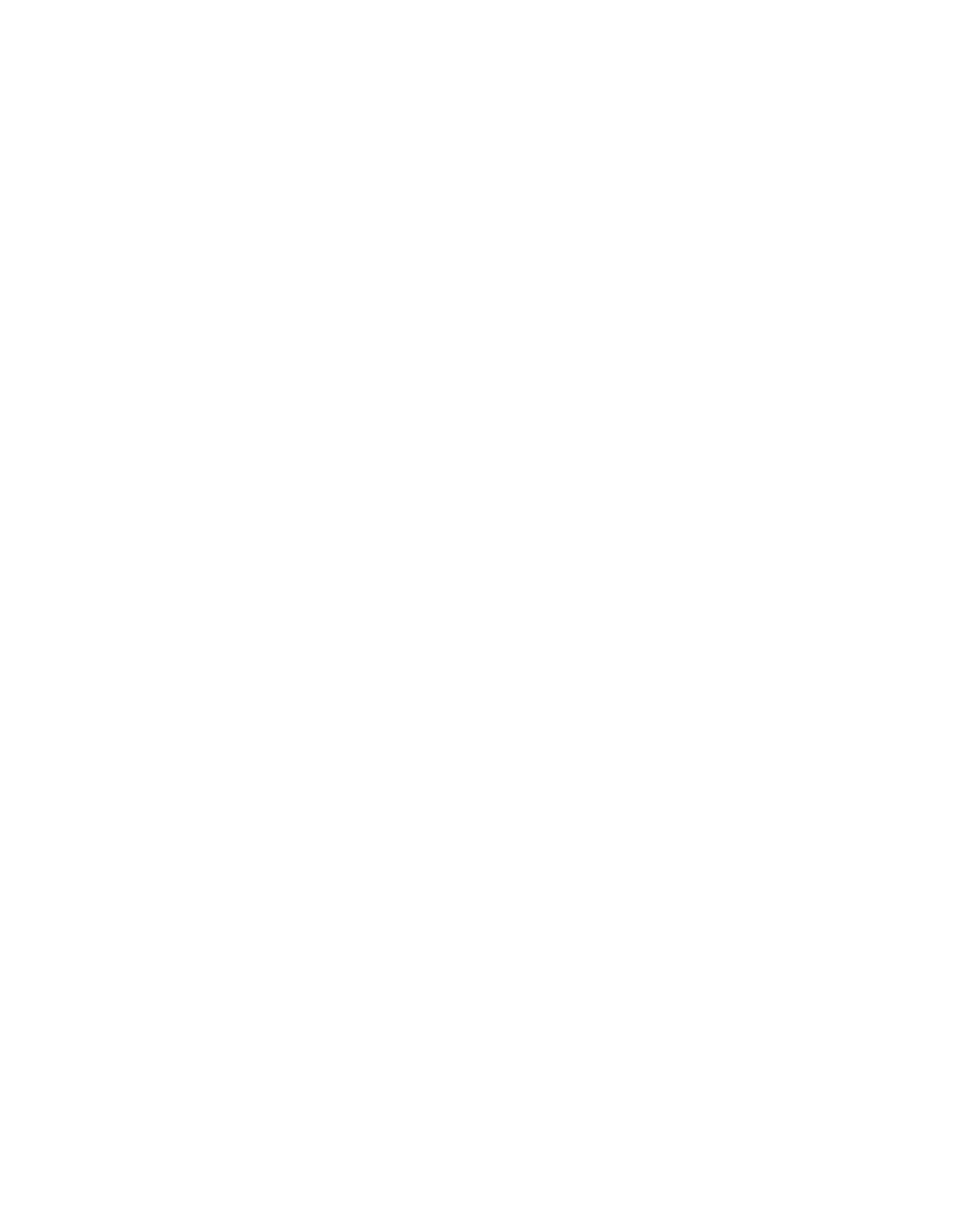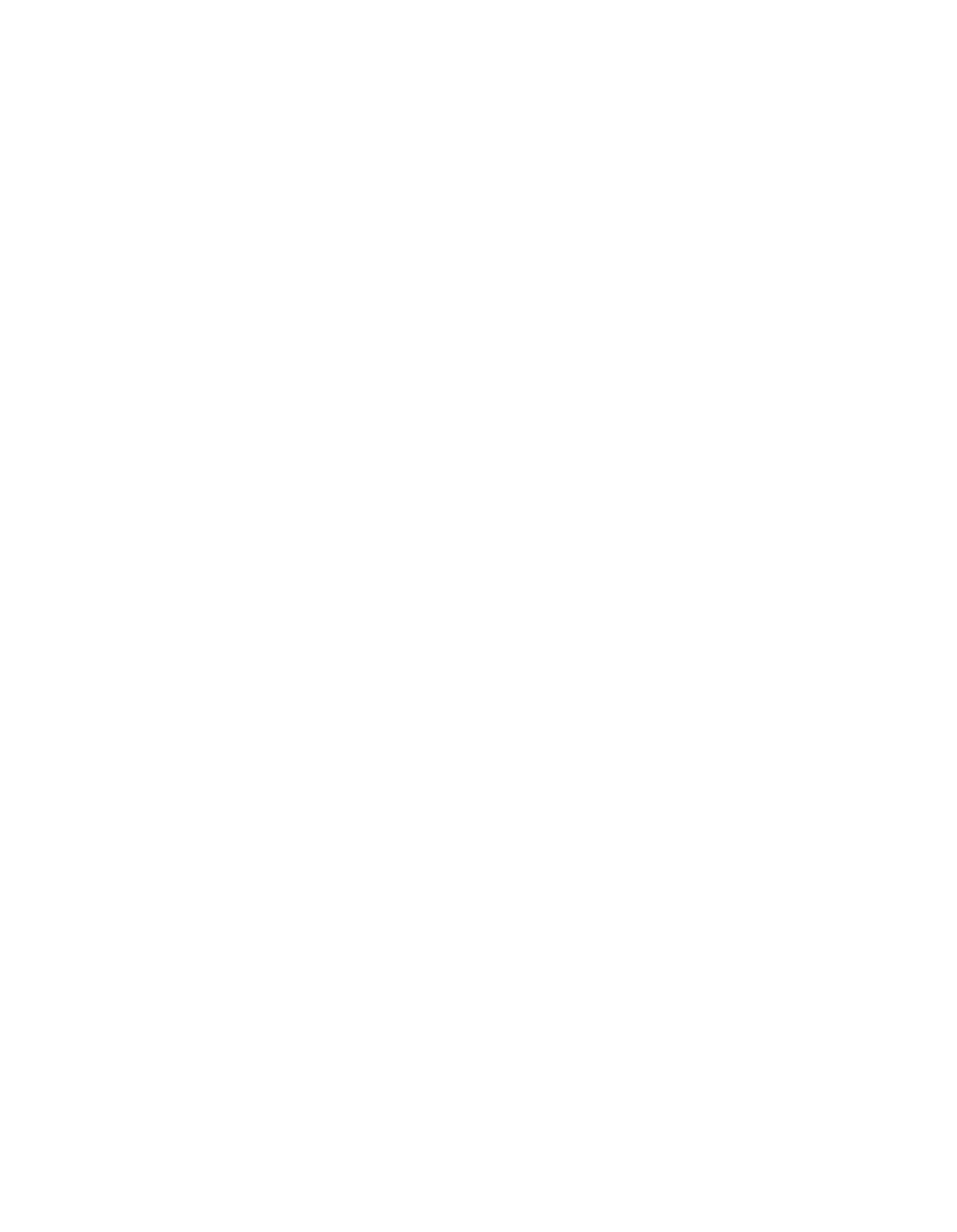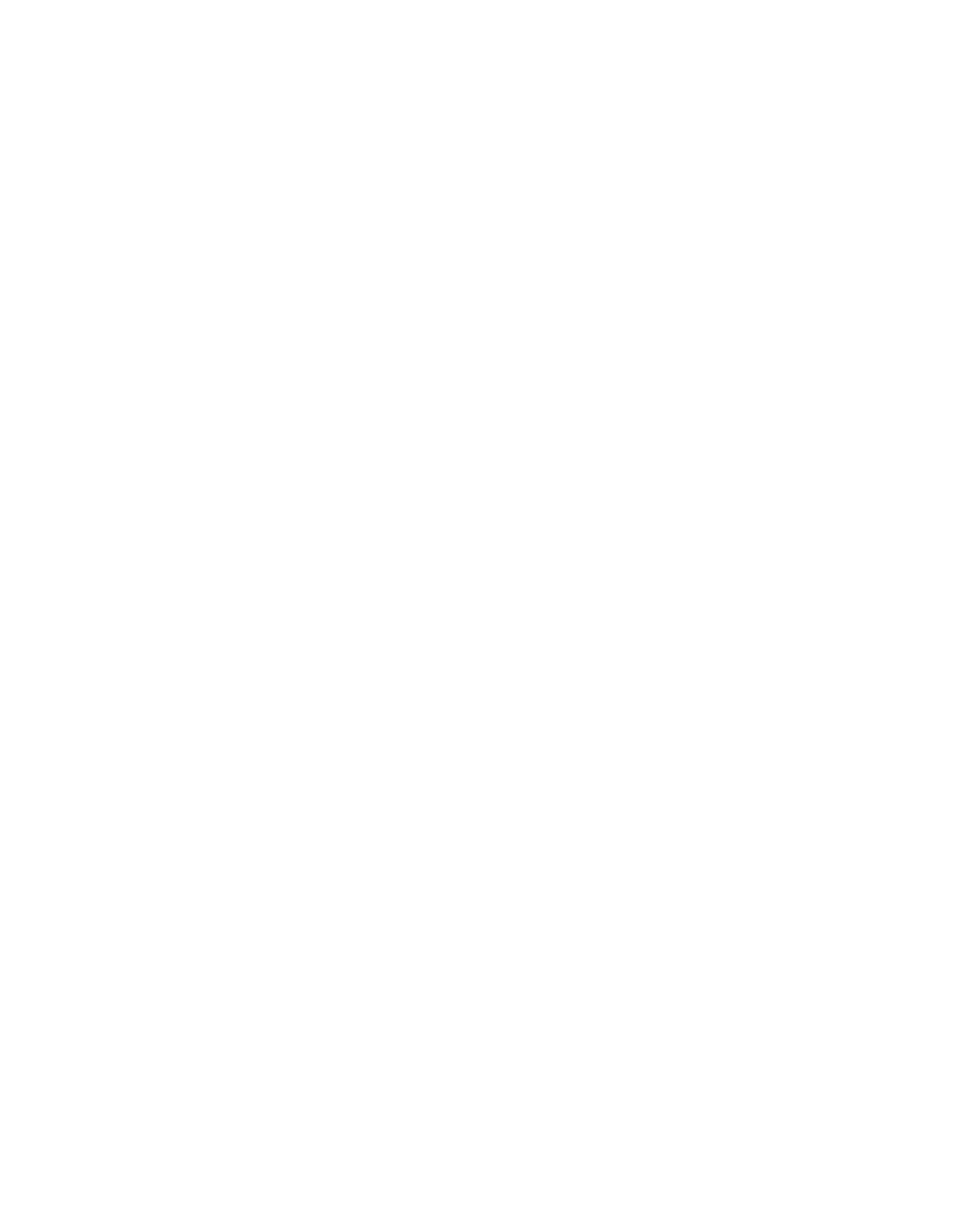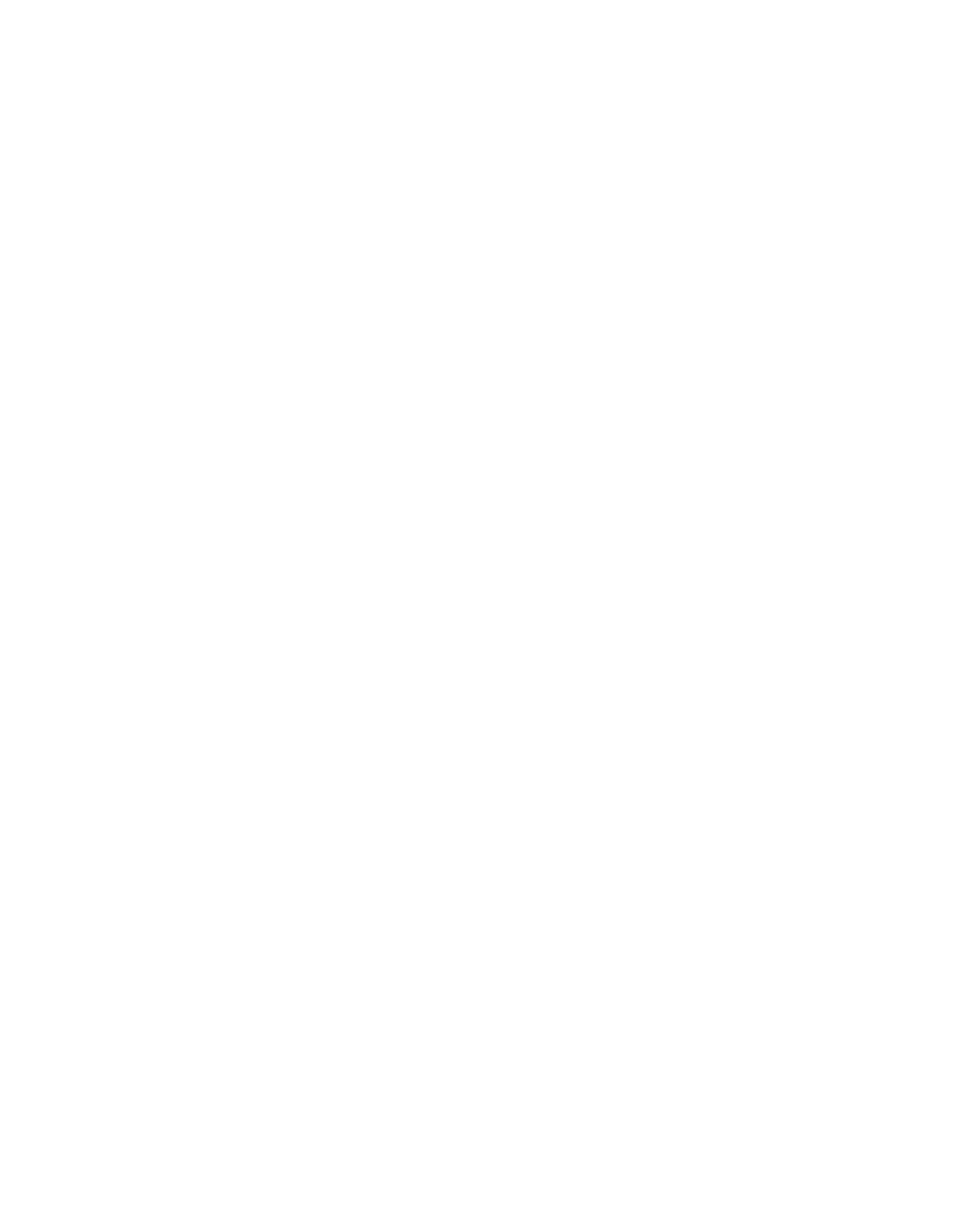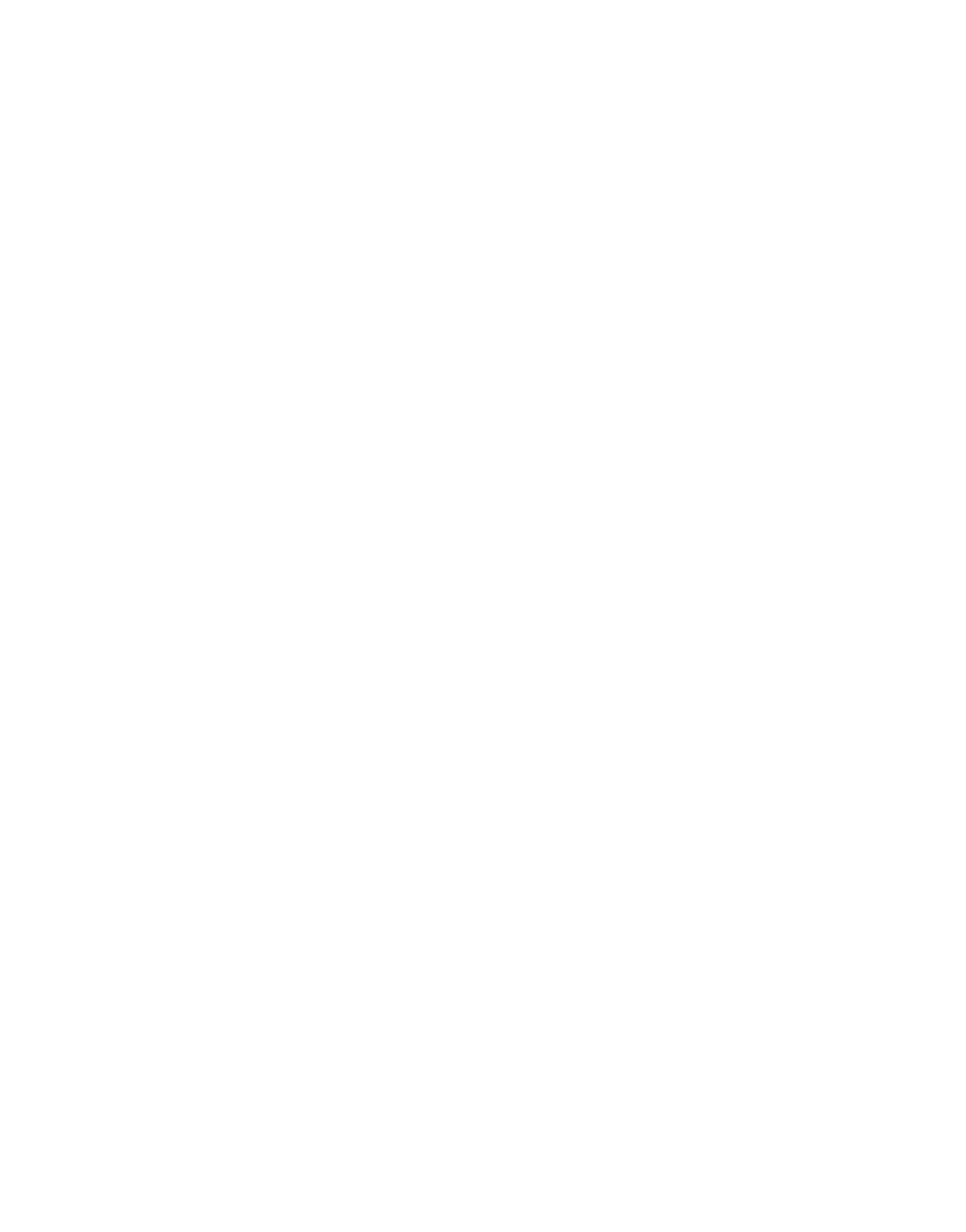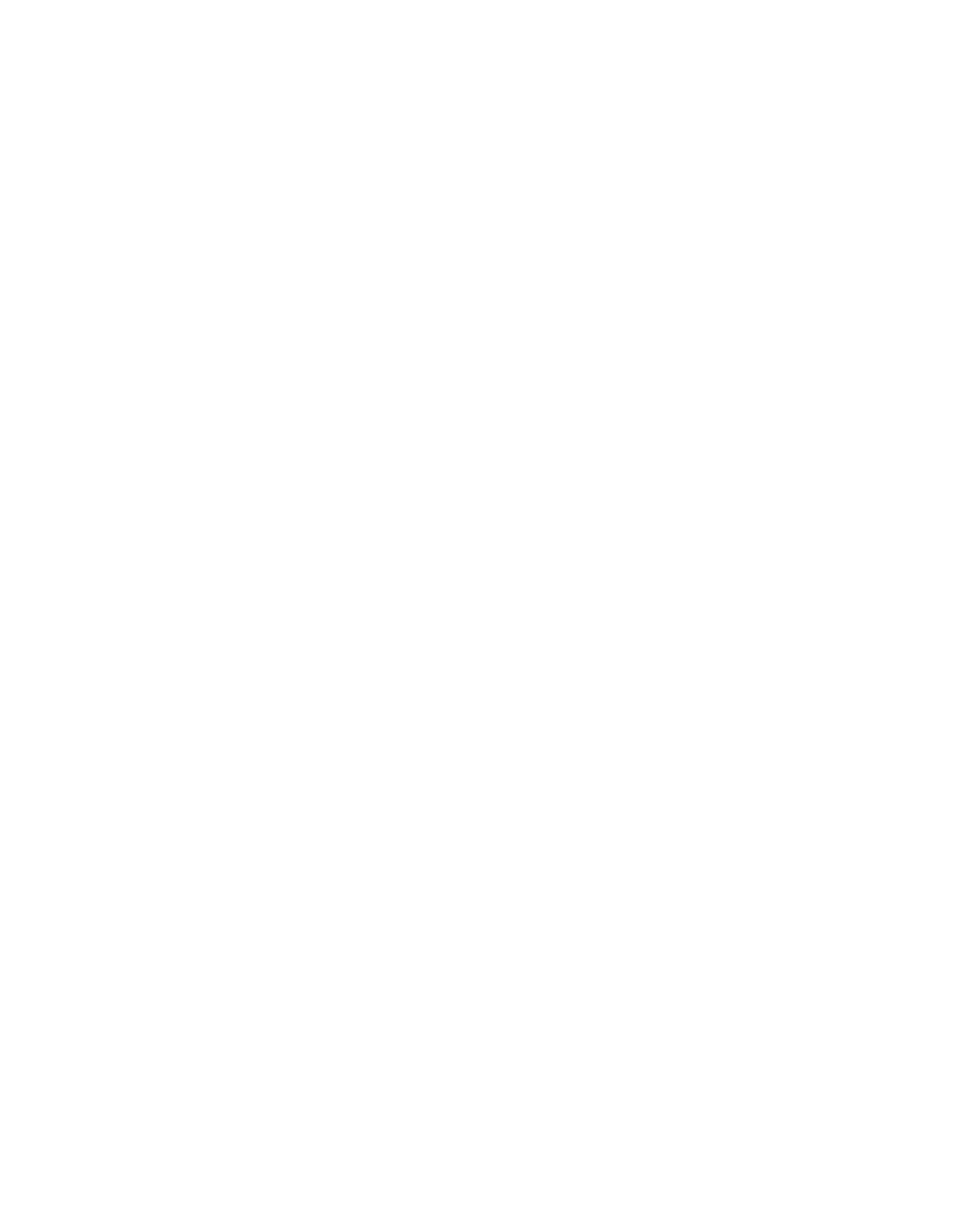ILLINOIS POLLUTION CONTROL BOARD
February
6,
1986
IN THE MATTER OF:
)
)
UIC UPDATE, USEPA REGULATIONS
)
R85-23
(THROUGH 6/30/85)
)
PROPOSAL FOR PUBLIC COMMENT.
PROPOSED OPINION OF THE BOARD (by
J. Anderson):
By
a separate Order, pursuant to Section 13(c)
and 22.4(a)
of the Environmental Protection Act
(Act),
the Board
is proposing
to amend the UIC regulations.
On October
1,
1985,
the Illinois Environmental Protection
Agency (Agency) filed with the Board
a rough draft of a proposal
to update the RCRA and UIC regulations.
In R85-22, the Board
amended the RCRA regulations
in an Order and Opinion of December
20,
1985 and January
9,
1986,
respectively.
This Docket,
R85-23,
concerns the UIC rules.
The Agency’s submittal is marked PC 1 in
both dockets.
Section 13(c)
of the Act governs adoption of regulations
establishing the UIC program
in Illinois.
Section 13(c) provides
for quick adoption of regulations which are “identical
in
substance”
to federal regulations.
Neither Title VII of the Act
nor Section
5 of the Administrative Procedure Act applies to
rules adopted under Section 13(c).
Because this rulemaking is
not subject to Section
5 of the Administrative Procedure Act,
it
is not subject to review by the Joint Committee on Administrative
Rules
(JCAR).
The federal UIC regulations are found at
40 CFR
144 and 146.
This rulemaking updates Illinois’
UIC rules
to
correspond with federal amendments adopted through June
30,
1985.
The Federal Registers utilized are as follows:
49 Fed. Reg. 20138
May 11,
1984
(Ex 10)
49
Fed. Reg.
45304
November
15, l984(Ex 23)
Copies of these
items are attached to PC
1 as exhibits with
the number indicated.
In that the November 15,
1985 amendments
are irrelevant to the Illinois program, only the May 11,
1984
amendments have resulted
in any changes.
HISTORY OF RCRA and UIC ADOPTION
The Illinois RCRA and UIC rules, together with more
stringent state rules particularly applicable to hazardous waste,
include the following:
-2-
702
RCRA and UIC Permit Programs
703
RCRA Permit Program
704
UIC Permit Program
705
Procedures for Permit Issuance
709
Wastestream Authorizations
720
General
721
Identification and Listing
722
Generator Standards
723
Transporter Standards
724
Final TSD Standards
725
Interim Status TSD Standards
726
Specific Wastes
and Management Facilities
729
Landfills:
Prohibited Wastes
730
UIC Operating Requirements
Special procedures
for RCRA cases are included in Parts
102,
103, 104 and 106.
Adoption of these rules has proceeded
in several stages.
The Phase
I RCRA rules were adopted and amended
as follows:
R8l-22
45 PCB 317,
February
4,
1982,
6
Ill. Reg.
4828,
April 23,
1982.
R82-18
51 PCB 31, January 13, 1983,
7 Ill.
Reg.
2518, March
4,
1983.
Illinois received Phase
I interim authorization on May 17,
1982
(47 Fed. Reg. 21043).
The UIC rules were adopted as follows:
R8l—32
47 PCB 93,
6
Ill. Reg.
12479.
The UIC rules were amended
in R82-l8,
which is referenced
above.
The
UIC rules were also amended
in R83-39:
R83-39
55 PCB 319, December
15,
1983;
7 Ill.
Reg.
17338, December 20,
1983.
Illinois received UIC authorization February
1,
1984.
The Phase
II RCRA rules included adoption of Parts
703 and
724,
which established the permit program and final TSD
standards.
The Phase
II rules have been adopted and amended, and
authorization was received by the USEPA,
effective 1:00 p.m.
EST
January
31, 1986.
R82—19
53 PCB 31,
July
26, 1983,
7
Iii. Reg. 13999,
October 28,
1983.
R83-24
55 PCB 31, December 15,
1983,
8
Ill. Reg.
200,
January
6,
1984.
-3-
On September
6, 1984,
the Third District Appellate Court
upheld the Board’s actions in adopting R82-19 and R83-24.
(Commonwealth Edison et al.
v•
IPCB.)
The Board has updated the RCRA rules to correspond with
USEPA amendments in two dockets:
R84-9
June 13,
1985;
9 Ill. Reg. 11964, effective
July 24,
1985.
R85-22
December 20,
1985 and January
9,
1986; 10 Ill.
Reg.
968, effective January
2,
1986.
The Board added to the federal listings of hazardous waste
by listing dioxins pursuant to Section 22.4(d) of the Act:
R84-34
November 21,
1984;
8
Ill. Reg. 24562, effective
December 11,
1984.
This was effectively repealed by R85-22., which included
adoption of USEPA’s dioxin listings.
The Board has adopted procedures to be followed
in cases
before it involving the RCRA rules:
R84-10
December 20,
1984, and January
10, 1985.
The Board has also adopted
in Part 106 special procedures
to
be followed in certain determinations.
Part 106 was adopted
in
R85-22, which is listed above.
The Board has also adopted requirements limiting and
restricting the landfilling of liquid hazardous waste and
hazardous wastes containing
halogenated compounds:
R8l-25
October
25, 1984;
8
Ill. Reg.
24124,
December
4, 1984;
R83-28
December
20,
1984, and January
10,
1985,
9
Ill. Reg. 730; Second Notice Order
December 20,
1985
GENERAL SUMMARY
Major areas of this proposal include the following:
1.
Consistency with USEPA’s reorganized rules.
2.
Whether to adopt “USEPA specific” language
in the Nay
11, 1984 amendments.
3.
Whether to give retroactive effect to the USEPA
prohibition on Class
IV wells
(Section 704.124).
—4-
A general discussion of the first two areas follows.
Detailed discussion of the prohibition on Class
IV wells appears
with the detailed discussion of specific Sections.
CORRESPONDENCE TABLES
The RCRA and UIC programs were originally derived from 40
CFR 122, which also included the NPDES and other major federal
programs.
The Board adopted the programs as Parts
702,
703 and
704.
Part 702 included material
in common between the RCRA and
UIC programs; while Parts
703 and 704 included, respectively,
specific RCRA and UIC material.
A major reason for structuring
the rules
in this manner was
to aid in future comparison with the
federal rules.
However, USEPA has now deconsolidated its permit
rules,
placing the UIC program in
40 CFR 144 and the RCRA program
in 40 CFR 270.
This has made it very difficult
to compare the
Board’s rules with USEPA’s rules.
The Board will therefore place
correspondence tables into this proposed Opinion to aid
commenters
in their review of the proposal.
The correspondence tables represent the rules as amended by
this proposal, which involves some renumbering and additions to
the existing language.
Federal provisions
which have no Illinois
counterpart have
a
“fed” entry.
There are two tables:
one to find the source of an Illinois
Section, the other to find the disposition of a USEPA provision.
The conversion table from the Illinois Administrative Code
to the CFR is
as follows:
TABLE
1
702.103
702. 121
702.122
702.123
702.124
702.125
702. 126
702.140
702.141
702.142
702.143
702. 144
702. 145
702. 146
702.147
702.148
702.149
702.150(a)
144.5
144.31(b)
144.31(d)
144, 31(e)
144.31(f)
144.37
144.32
144. 52(c)
144. 51(a)
144. 51(b)
144. 51(c)
144.51(d)
144. 51(e)
144. 51(f)
144. 51(g)
144. 51(h)
144.51(i)
144.51(j) (1)
35 Ill.
Code
Adm.
40 CFR
702.150(b)
702. 150(c)
702.151
702.152
702.160(a)
702.160(b)
702.160(c)
702.161
702.162
702.163
702.164
702. 181
702.182
702.183
702.184
702.184(f)
702.185
702. 186
702.187
704.101
704.102
704.103
704.104
704.104
704.105
704.106
704.107
704.121
704.122
704.123(a)
704.123(b) ( 2)
704.123(b) ( 3)
704.123 (b) ( 3)
704.124
704.141
704.141
704.142
704.143
704.144
704.145
704.146
704.147
704.148
704. 149
704. 150
704.161(a)
704. 161(b)
704.161(c)
704. 161(d)
704. 162
704. 163
704. 164
704.181(a)
—5—
144.51(j) (2) (i)
144.51(j) (3)
144.51(k)
144. 51(1)
144.52(a)
144.52(b)
144.51
144.36
144.53(a)
144.53(b)
144.54
144.35
144.38
144.39
144.39(a)
144.39(b)
144.39(c)
144.40
144.41
144. 1(a)
l44.l(g)
144.l(g)
144. 1(g)
144.7(b) (1)
l44.l(g) (1)—(3)
144.6
144.3
144.11
144.12
144. 7(a)
144.7(b) (2)
144. 7(b) (3)
144.7(c)
144.13
144.21
144.21(b)
144.23
144. 21(a)
144.21(c)
144.23
144.24
144.25
144.26
144.27
144.28
144.31(a)
144. 31(c)
l44.3l(g)
144.31(e)(9)
144.33
144.34
144. 32(a) (1)
144. 51(a)
—6—
704. 181(b)
704.181(c)
704.181(d)
704.181(e)
704.181(f)
704. 18l(g)
704.182
704.183
704
.
184
704.185
704.186
704.187
704.188
704.189
704.190
704. 191
704. 192
704. 193
704.201
704.202
704.203
704.210
704.211
704.212
704.213
704.214
704.215
704.216
704.217
704.218
704.219
704.220
704.221
704.222
704.230
704.240
fed
fed
fed
fed
fed
fed
fed
fed
fed
fed
fed
fed
144.51(j) (2) (ii)
144. 51(m)
144.51(1) (6)
144. 51(n)
144.51(o)
144.51(p)
144. 52(a)
144.52(a) (1)
144.52(a) (2)
144.52(a)(3)
144. 52(a)(4)
144. 52(a) ( 5)
144. 52(a) ( 6)
144. 52(a) (7)
144.52(a)(8)
144. 52(a) ( 9)
144.16
144.55
144. 14(a)
144.14(b)
144 .14(c)
144.60
144.61
144.62
144.63
144.63(a)
144.63(b)
144.63(c)
144.63(d)
144.63(e)
144.63(f)
144
.
63(g)
144.63(h)
144.63(i)
144.64
144.70
144 .1(b)
144. 1(c)
144.1(d)
144.1(e)
144.1(f)
144.2
144.4
144.8
144.15
144.22
144.65
144.66
—7-
40 CFR
TABLE
2
35 Ill. Adm.
Code
144. 1(a)
144. 1(b)
144.1(c)
144.1(d)
144.1(e)
144.1(f)
l44.l(g)
144.1(g)
144.1(g)
144.1(g) (1)—(3)
144.2
144.3
144.4
144.5
144.6
144. 7(a)
144. 7(b) (1)
144. 7(b) (2)
144. 7(b) (3)
144.7(c)
144.8
144.11
144.12
144.13
144.14(a)
144.14(b)
144.14(c)
144.15
144.16
144.21
144.21(a)
144 .21(b)
144.21(c)
144.22
144.23
144.23
144.24
144.25
144.26
144.27
144.28
144.31(a)
144.31(b)
144 .31(c)
144.31(d)
144 .31 (e)
144. 31(e) ( 9)
144.31(f)
l44.3l(g)
704.101
fed
fed
fed
fed
fed
704. 102
704.103
704. 104
704
.
105
fed
704.107
fed
702.103
704. 106
704.123(a)
704. 104
704.123(b) ( 2)
704.123(b) (3)
704. 123(b) (3)
fed
704
.
121
704.122
704.124
704. 201
704.202
704.203
fed
704.192
704.141
704.143
704.141
704.144
fed
704. 142
704.145
704.146
704.147
704.148
704.149
704.150
704.161(a)
702. 121
704.161(b)
702.122
702.123
704.161(d)
702.124
704.161(c)
-8-
144.32
144.32(a) (1)
144.33
144.34
144.35
144.36
144.37
144.38
144.39
144. 39(a)
144.39(b)
144.39(c)
144.40
144.41
144.51
144. 51(a)
144. 51(a)
144.51(b)
144. 51(c)
144. 51(d)
144.51(e)
144. 51(E)
144. 51(g)
144. 51(h)
144.51(i)
144.51(j) (1)
144.51(j)(2) (i)
144.51(j) (2) (ii)
144.51(j) (3)
144.51(k)
144.51(1)
144.51(1) (6)
144. 51(m)
144. 51(n)
144. 51(o)
l44.5l(p)
144.52(a)
144. 52(a)
144.52(a) (1)
144. 52(a) (2)
144. 52(a) (3)
144. 52(a) (4)
144. 52(a) (5)
144. 52(a) (6)
144.52(a)(7)
144.52(a) (8)
144. 52(a) ( 9)
144. 52(b)
144.52(c)
144. 53(a)
144. 53(b)
144.54
144.55
144.60
702.126
704. 164
704. 162
704.163
702.181
702. 161
702.125
702.182
702.183
702. 184
702.184(f)
702.185
702.186
702.187
702.160(c)
702.141
704.181(a)
702.142
702.143
702.144
702.145
702.146
702.14 7
702.148
702.149
702.150(a)
702.150(b)
704. 181(b)
704.150(c)
702.151
702.152
704.181(d)
704.181(c)
704.181(e)
704.181(f)
704. 181(g)
704.160(a)
704.182
704
.
183
704.184
704.185
704. 186
704.187
704.188
704.189
704.190
704.191
702.160(b)
702.140
702.162
702.163
702.164
704
.
193
704.210
—9—
144.61
704.211
144.62
704.212
144.63
704.213
144.63(a)
704.214
144.63(b)
704.215
144.63(c)
704.216
144.63(d)
704.217
144.63(e)
704.218
144.63(f)
704.219
144.63(g)
704.220
144.63(h)
704.221
144.63(i)
704.222
144.64
704.230
144.65
fed
144.66
fed
144.70
704.240
In the course of preparing this proposal, the Board has
undertaken a review of the UIC-related provisions against the
existing USEPA rules.
The Board has proposed to correct
a number
of inconsistent provisions.
The reasons for these
inconsistencies appear to include:
USEPA’s reorganization of the
rules;
incorrect placement of RCRA- or UIC—specific language
in
Part 702;
and USEPA Amendments which may have earlier gone
unnoticed.
“USEPA SPECIFIC” PROGRAM ELEMENTS
The amendments
to
40 CFR 144
at
49 Fed.
Reg.
20181 include
many provisions which state
that they apply only in USEPA—
administered UIC programs.
This has caused difficulty with the
proposal.
The Agency,
in preparing its draft1 apparently started by
excluding all “USEPA specific” provisions.
However,
the Agency
noticed that many provisions which the States are obliged to
adopt would not work in the absence of the
“USEPA specific”
provisions.
The Agency forwarded the draft
to the Board with a
recommendation that the Board consider the necessity for adopting
some of the “USEPA specific”
provisions.
For the reasons which
follow,
the Board has prepared
a new draft inserting the “USEPA
specific” language, unless there was some reason to exclude
it.
Section 13(c) of the Act requires the Board to adopt
a UIC
program which is
“identical
in substance” to the UIC program
contained in the Safe Drinking Water Act and federal regulations
adopted pursuant thereto.
In earlier adopting the UIC program,
the Board adopted rules which were verbatim with USEPA rules,
except where there was
a good reason why the rule could not be
adopted
in Illinois.
The resulting rules have been approved by
USEPA.
The Board could probably have produced
a program from
whole cloth which would have been both “identical in substance”
and acceptable
to the USEPA under its “substantial equivalence”
-10-
review, but which would have had little language
in common.
However,
this course was not followed.
Now that USEPA has
adopted a large number of “USEPA specific” provisions,
a question
arises
as to whether the Board should attempt to keep its UIC
rules
as nearly verbatim as possible with the rules
as
administered by IJSEPA,
or whether the Board should move to a
program which adopts only those USEPA provisions which are
minimally necessary to maintain “substantial equivalence”
in the
opinion of IJSEPA.
The Board has proposed to follow the former
approach.
In so doing, the Board believes that this up-front
effort will shorten the review time needed
for subsequent
updating, will make comparison easier, will avoid
a “drifting
apart” of the Federal and State text, and, most importantly, will
assure over time that the pieces of the program will continue to
mesh.
At first
it would seem that adopting only a few of USEPA’s
amendments would save Board staff time.
However,
for the reasons
discussed below, this approach consumes more staff time because
the Board has to assume greater responsibility for maintaining
a
coherent program.
Furthermore, this process would become more
difficult with time as the USEPA rules become more unlike the
Board rules.
Maintaining a set of rules which are as nearly identical as
possible to the UIC rules
as administered by USEPA should
simplify compliance
by the public,
which includes persons
operating wells
in many States.
Maintaining the rules as nearly identical as possible
administratively is the best possible guarantee of a program
which is
“identical
in substance”
and
“substantially
equivalent”.
Merely reacting to USEPA’s cues
as to what is
minimally necessary to maintain “substantial equivalency” does
not guarantee that the Illinois program would remain “identical
in substance” under State law.
The federal rules which apply only in USEPA-administered
programs are usually prefaced with
a phrase such as:
“For EPA
administered programs only...”.
(40 CFR 144.27)
At first
reading this
seems to be
a directive to the States not to adopt
the language which follows.
However,
Part
144 serves
a dual
purpose:
it
is
the set of rules which the public must follow in
USEPA administered States, as well as
a guide
for setting up
State programs.
Where USEPA has program elements which it does
not view as essential for State adoption,
it
is necessary that
they be clearly separated from the directives to the States
in
order
to avoid confusing
tshe public,
which must actually comply
with the rules in certain areas.
Therefore,
the Board does not
interpret the prefatory language as
a positive prohibition
against State adoption.
Furthermore,
it
is difficult to
understand why USEPA would want to prohibit adoption of
a rule
which it has found necessary to adopt
in
its own programs.
—11—
The
“USEPA specific” provisions are best interpreted as non-
essential program elements which
IJSEPA utilizes in its own
program.
They are usually coupled with a provision which
is best
interpreted as a minimum standard to be utilized by USEPA in
reviewing State programs, rather than
a rule which the States
must adopt.
In many instances,
it would be possible to repeat
this language
in the State rule.
However,
in other cases,
some
form of State action beyond merely repeating the USEPA language
seems to be necessary.
For example, 40 CFR 144.31(j)(i) requires
the operator to notify the State Director
“according to
a time
period required by the Director”, before conversion or
abandonment of a well which
is authorized by rule.
How could
a
State effectuate this requirement except through adoption of a
rule which specified
a certain time for notice by persons who do
not have permits?
In Illinois
it can only be done by a Board
rule specifying
a certain time.
As will appear below, the Board
has effectuated
this provision by proposing to adopt the
“USEPA
specific” language, which specifies a certain time.
This meets
the general standards for approval of the State program.
USEPA
certainly cannot object to adoption of the same time limits
it
sets in its own program.
For these reasons the Board has proposed to maintain its
rules as nearly verbatim as possible with the UIC rules as
applied by USEPA in States where USEPA administers the UIC
program.
DETAILED DISCUSSION
Section
702.123
This is derived
in part from 40 CFR 144.31(e), which was
amended
at
49 Fed. Reg. 20185 to add special notice requirements
for surrounding landowners.
Since this applies only to UIC,
it
will be dealt with by adding a new Section 704.161(d)
corresponding to 40 CFR 144.31(e)(9).
(V.i.)
Section 702.126
The UIC application for a corporation must be
signed by an
officer of at least the level of vice president.
(40 CFR
144.32(a)(1))
In order to make the UIC program more consistent
with the federal, the Board will add a new Section 704.164 to
express this UIC-specific requirement.
(v.i.)
Section 702.144
The duty to mitigate 1is worded differently in
40 CFR
144.51(d) and 270.30(d),
for UIC and RCRA permits.
In order to
make the programs more consistent with the federal, this Section
has been split into subsections
specifying the language for each
program.
-12-
Section 702.150
The final sentence of paragraph
(b) applies only to RCRA
permits
(40 CFR 144.51(j) and 270.30(j).).
It has therefore been
stricken from Part 702.
The RCRA-specific language already
exists
in Section 703.243.
Section 702.152
This Section
is drawn from 40 CFR 144.51(e).
Paragraphs
(e)
and
(f) contain RCRA-specific material dealing with compliance
schedules and twenty-four hour reporting.
The permitee
is
allowed
14 days
for RCRA progress reports and
30 days for UIC
reports.
The 14-day time has been deleted from paragraph
(e) and
a reference added to Section 702.162, which specifies the correct
times
for both programs.
Paragraph
(f) contains RCRA-specific provisions relating to
24-hour reporting.
The paragraph has been replaced with a
reference to Sections 703.245 and 704.181(d), which are discussed
below.
Material which is
in common between RCRA and UIC has been
repeated
in Parts
703 and 704 to make future comparison easier.
Section 702.160
Paragraph
(a) lists Sections under which the Agency will
establish conditions on a case—by-case basis.
40 CFR 144.52(a)
and
270.32(a) each list the equivalents of Section 702.150 and
702.163, in addition to those presently listed, as applicable to
the UIC and RCRA programs.
The Board proposes to make this
Section equivalent.
Section 702.182
The UIC and RCRA provisions differ in that automatic
transfer of UIC permits
is allowed under certain conditions
(40
CFR 144.38 and 270.40).
This Section appears to adequately
convey the federal rules
in
a combined format.
Paragraph
(a) differs from the federal Sections
in that
revocation and reissuance was eliminated as
a method of
transferring a permit.
This
is
because this method of revocation
is not acceptable
in Illinois
(Section 33(b)
of the Act).
Also,
the Board added
a requirement that the transferrer of any permit
comply with its conditions.
The Board has proposed only to correct the reference to the
federal UIC and RCRA provfsions.
Interested persons are invited
to comment on other aspects of this provision.
Section 702.184
40 CFR 144.39(a) and
(b)(l) contain specific provisions
concerning revocation and reissuance which were not incorporated
—13—
into Section 702.184.
Although the Board has proposed no change
to this provision,
the Board welcomes comments.
Section 703.245
This
is the only RCRA only provision which the Board
proposes to modify.
The Board has moved RCRA-specific provisions
from Section 702.152.
Related UIC-specif±cprovisions have been
moved
to Section 704.181.
Section 704.101
The introductory material to 40 CFR 144.1 was amended at
49
Fed.
Reg. 20181.
In that these amendments relate only to the
USEPA-administered programs, the Board has proposed no changes.
Section 704.124
This Section
is drawn from
40 CFR 144.13, which was amended
at
49 Fed. Reg.
20181.
The federal amendments prohibit Class
IV
wells except under certain limited
situations discussed below.
Class
IV wells are those used to inject hazardous or radioactive
waste
into or above an Underground Source of Drinking Water
(USDW).
As originally adopted, Section 704.124 prohibited certain
Class
IV well activities as of February
1,
1984, the date of
Illinois RCRA authorization.
Section 704.124(a)(4) prohibited
the operation of any Class
IV well injecting hazardous waste
directly into
a USDW after August
1,
1984.
The federal amendments make the prohibitions more specific
and more inclusive.
The construction, operation or maintenance
of any Class IV well is now to be prohibited,
including those
which inject above, but not into a USDW.
The federal amendments immediately prohibited the operation
or maintenance of Class
IV wells placed into operation after July
18, 1980,
but prohibited operation or maintenance of older wells
six months after UIC program approval in a State.
This date,
August
1,
1984 for Illinois,
has already passed.
To have
maintained complete consistency with the federal rules,
Illinois
should have modified this provision prior to that date.
The
fundamental question is whether to adopt this amendment
retroactive to August
1,
1984.
The federal amendment did the following things:
1.
It prohibited “maintenance” of
a well,
as well as
construction and operation.
2.
It specified that closure of the well was required, not
just cessation of operation.
—14—
3.
It extended the prohibition to Class
IV wells injecting
above
(but not into)
a
(JSDW.
This last item is irrelevant in Illinois unless there are
areas
in which saline aquifers overlay USDW’s or areas without
near surface ground water.
It is important also to note that very few Class IV wells
exist nationwide
(49 Fed. Reg. 20141).
Although there may be
some Class
IV wells
in Illinois, this Section
is not prohibiting
a common practice.
Furthermore, the construction and operation
of those which may exist
is already prohibited.
The chance that
there happens to be
a Class
IV well which ceased operating but
continued maintenance is
low.
A retroactive rule would be extremely complex, with
different prohibitions for time spans between promulgation of
USEPA’s original rules, adoption of the Board rules, UIC
authorization, the May,
1984 amendments,
the August,
1984 date
and the effective date of this proposal.
Such complexity would
invite loopholes.
Also,
the retroactive nature of the rule would
invite court challenges.
The Board has therefore not written a
complex, retroactive rule, which may prove unenforceable,
to
regulate wells which may not even exist
in the State.
The Board
has instead proposed
a simple rule which prohibits the
construction, operation and maintenance of any Class
IV wells
as
of the effective date of the proposal.
Any Class IV wells
operating prior to that date would be subject to enforcement
under
the terms of existing Section 704.124, and would be
required to close immediately under the new Section.
Paragraph
(c) repeats
a new exception drawn from the
amendments at
49
Fed.
Reg. 20181.
Class
IV wells approved as
part of a site clean-up under CERCLA or RCRA are not subject to
the prohibition.
Many clean-ups involve pumping contaminated
groundwater, treating it and reinjecting it into the same
formation.
Although contaminant levels may be reduced,
reinjected fluids may still be “hazardous waste”.
Paragraph
(d) contains clarification as to what constitutes
a Class
IV well.
In particular, wells
which inject hazardous
waste
into “exempted aquifers”,
or where there
is no USDW, are
Class
I wells, which are subject to the regulatory program, but
are not prohibited.
Section 704.141
This Section authorizes Class
I and III wells
by rule.
The
existing wording is drawn from the preamble to 40 CFR 144.21.
It
has been edited to make
it read exactly like Section 144.21,
except
for the exclusion of Class
II wells.
The time limitations
in the deleted material are redundant,
since these are dealt with
at length in Section 704.143.
-15—
Paragraph
(b) has been added.
This
is
an affirmative
statement that usual operations may continue
in Class
III wells
authorized by rule.
It is drawn from 40 CFR 144.21(b).
It was
never incorporated into the Illinois UIC rules,
possibly because
of an oversight.
The amendments
to 40 CFR 144.21 at
49
Fed. Reg. 20181 do not
affect the provisions reflected
in Section 704.141.
Section 704.143
This Section
is drawn from 40 CFR 144.21(a), which was
amended
at
49
Fed. Reg.
20181.
These amendments specify time
limitations
for the continuation of authorizations and for filing
of applications.
The Illinois rule
is
within the range specified
in the rule for State programs, so that the Board
is proposing no
changes
at this point.
Existing Sections 704.143(c) and
(d) reference provisions
which result in loss of authorization by rule.
There provisions
exist
(or existed)
in the federal rules,
but were not referenced
in 40 CFR l44.2l(a).
The provisions concerning expiration of
authorization of Class
IV wells are now moot and have been
repealed.
Since this completely eliminates paragraph
(d), old
paragraph
(e) has been relettered.
Actual dates have been
inserted into the rule.
Section 704.144
The existing rule listed the provisions of the permit rules
which wells authorized by rule had to follow.
This has been
replaced by a complete set of rules
to
be followed by authorized
wells.
(Section 704.149, 40 CFR 144.28,
as amended at
49
Fed.
Reg. 20181).
Section 704.145
This Section is drawn from
40 CFR 144.23, which was amended
at
49
Fed. Reg. 20181.
The USEPA amendments to paragraph
(a) are
irrelevant since the Board
is prohibiting all Class
IV wells
immediately.
The Board has amended paragraph
(a) to state this.
Paragraph
(b)
is “USEPA specific” language which the Board
has proposed to adopt.
Actual closure of Class
IV wells,
as
opposed
to mere cessation of operation,
is
a major portion of the
LJSEPA proposal, which appears to be essential to protection of
USDW’s
Without this provision,
the Board rules would seem to
lack a major program element which would be necessary for
a
complete, rational program.
—16-
Section 704.147
This Section is drawn from 40 CFR 144.25, which as amended
at
49
Fed.
Reg. 20182.
The federal amendments have been
incorporated into this Section nearly verbatim.
Paragraph
(b) specifies the form of the notice which must
be
given an operator before a permit
is required.
The equivalent
federal Section and amendments, are optional “USEPA specific”
provisions which the Board has proposed to adopt.
Section 704.148
This Section
is drawn from 40 CFR 144.26, which was amended
at 49
Fed.
Reg. 20182.
This requires additional inventory
information of certain types of wells which are authorized by
rule.
This is an optional “USEPA specific” provision which the
Board has proposed to adopt.
40 CFR 144.26(d) has been amended to change the deadlines
for submitting the inventory information.
The existing Board
rule requires information to be submitted within one year after
authorization by rule.
The federal amendment on the other hand
specifies one year after approval of the State program, which is
already passed.
The entire Section would be moot
if the time for
submission of inventory information had already passed.
This
probably represents an error in the federal rule, since it would
not result
in inventory information from future new Class V
wells, which will be authorized by rule for an indefinite period
of time.
Paragraph
(b)
is mainly concerned with these Class V
wells.
Accordingly, the Board will continue to key the inventory
requirement to the date of authorization by rule rather than the
date of approval of the program.
The provision in the federal rule concerning the deadline
for Class
IV wells is unnecessary,
since existing Section 704.148
required inventory information from these wells by February
1,
1985, and Section 704.124 prohibited construction of new Class
IV
wells.
Section 704.149
This is
a new Section drawn from 40 CFR 144.27,
which was
added at 49 Fed.
Reg.
20182.
It allows the Agency to require
additional information from any wells which are authorized by
rule, and which is necessary for the Agency to determine whether
the well is endangering a USDW.
The Board has proposed to adopt
this optional “USEPA specffic” provision.
Section 704.150
This is
a new Section drawn for 40 CFR 144.28,
which was
added at 49 Fed. Reg.
20182.
This contains
a
set of detailed
requirements which wells authorized by rule must comply with.
—17—
This replaces Section 704.144 (40 CFR l44.21(c)).
The old rule
referenced standard permit conditions which were applicable to
wells authorized
by rule.
40 CFR 144.28 includes several optional “USEPA specific”
provisions.
The Board has generally proposed to adopt
these,
making such changes as are necessary to accommodate Illinois law.
Paragraph (c)(2) specifies details of the plugging and
abandonment plan which must
be submitted for a Class
I or III
well authorized by rule.
These have been adopted more or less
verbatim.
The Agency will
be allowed to promulgate forms based
on this Section and Part 730.
Paragraph
(d) specifies the form of financial assurance
required for these wells.
40 CFR 144.28(d)(1) allows the
Director of the State program to prescribe the form of financial
assurance.
Section 13(c) of the Act confers such authority on
the Board rather than the Agency.
Therefore,
the Board has
modified the provision to require financial assurance acceptable
to the Agency, and has adopted provisions which specify the form
of financial assurance to a greater degree than the minimal State
program.
The Board will adopt detailed rules
in Subpart F on the
form of financial assurance for hazardous waste wells.
40 CFR 144.28(e) specifies casing and cementing requirements
for enhanced recovery and hydrocarbon storage wells.
These are
Class
II wells subject to regulation by the Department of Mines
and Minerals rather than the Board.
(Section 730.105).
Paragraph
(f) specifies operating requirements
for Class
I
and III wells authorized by rule.
40 CFR 144.28(f)(2) contains
an optional “USEPA specific” provision:
that the annulus of
certain Class
I wells
be filled with
a non-corrosive fluid which
is
to be maintained at a positive pressure.
States need only
require
a demonstration that an alternative completion method
provides
a comparable
level of protection to USDW.
The Board has
proposed
to adopt the “USEPA specific” requirement.
The public
is invited
to comment on whether the Board should allow the
alternative showing.
Paragraph
(g)
specifies monitoring requirements.
The Board
has included
a reference to optional “USEPA specific” analytical
methods taken from 40 CFR 144.28(g).
Paragraph
(i) specifies
a three-year period for retention of
records.
40 CFR 144.28(i)(2) contains alternative provisions for
State and USEPA administet’ed programs.
It
is sufficient
if the
Agency has authority to extend the retention period.
However,
in
USEPA-administered programs the operator must deliver the records
to USEPA unless
it has written approval to discard them.
The
Board has proposed to adopt the optional “USEPA specific”
language,
but welcomes public comment.
-18-
Paragraph
(j)
requires notice of abandonment.
40 CFR
l44.28(j)(1) allows States to specify a time prior to abandonment
for notice
to the State;
while paragraph (j)(2)
specifies
a
45
day period for USEPA-administered programs.
As required by
Section 13(c) of the Act,
the Board specifies such details of the
Illinois program.
The Board has specified 45 days, consistent
with the “USEPA specific” requirement.
Paragraphs
(k) and
(1) require plugging and abandonment
reports and change of ownership notification.
The Board has
proposed these optional “USEPA specific” program elements.
(40
CFR 144.28(k) and
(1))
Paragraph
(m) references additional requirements for Class
I
hazardous waste wells.
The Board has proposed to adopt an
optional “USEPA specific”
requirement of decontamination of well
equipment.
(40 CFR 144.28
(m))
Section 704.161
This Section is drawn from 40 CFR 144.31.
It needs
to be
read
in conjunction with Section
702.123, which contains
application requirements
in common between the RCRA and UIC
programs.
Section 704.161(a) has been amended to make
it read
more like existing federal language.
Section 704.161(b)(l) is drawn from 40 CFR 144.31(c)(1),
which was amended
at
49
Fed.
Reg. 20185 to set an upper limit
for
receipt
of permit applications for existing wells.
These
amendments
do not need
to be incorporated into Board rules,
since
the Board set tighter limits
in originally adopting the UIC
program.
The actual dates have been inserted into the rule
in
this proposal, replacing language which depended on the date of
program approval.
The last date for applications
is February 1,
1986, which will pass before these amendments are adopted.
The
Board solicits comment on the need to retain the application
dates once they are passed.
Section 704.161(c)
is drawn from 40 CFR 144.31(g).
As
worded
it
is misleading when placed into the Illinois rule,
since
the contents of the application specified
in
40 CFR 144.31(c) are
located
in Part 702.
The Board has added
a reference to Section
702.123.
40 CFR 144.31(e)(9) adds
a UIC-specific information
requirement to this list, which is otherwise contained
in Section
702.123.
The
Board has added this as paragraph (d).
The Board
solicits comment on wheth~rit would be simpler to move all the
application requirements
to Parts 703 and 704.
The additional information requirement
is
a list of property
owners within one-fourth of
a mile of the well.
It is an
“USEPA
specific provision which the Board has proposed to adopt.
—19—
Section 704.163
This Section is drawn from 40 CFR 144.34, which was amended
at 49 Fed.
Reg.
20185.
Paragraph
(a) was amended to allow
temporary emergency permits to override authorization by rule or
regular permits.
Section 704.164
This Section has been added to make the signatory
requirement of Section 702.l26(a)(1) consistent with the UIC-
specific requirements of 40 CFR 144.32(a)(1).
Section 704.181
This Section modifies Sections 702.140 et seq.
to add UIC-
specific provisions
so as to achieve consistency with 40 CFR
144.51.
The Board has added notes referencing each paragraph
since these provisions are so scattered.
Sections
704.181(b), and 702.150(b), are drawn in part from
40 CFR l44.5l(j)(2)(ii), which was amended at
49
Fed. Reg.
20185.
The Board has proposed to incorporate the
“USEPA
specific” language which requires the operator to retain records
after the retention period unless he delivers them to the Agency
or obtains written approval to discard them.
This is similar to
Section 704.150(i), which is applicable to wells authorized by
rule.
Paragraph
(d) has been amended to transfer UIC-specific
requirements from Section 702.152
(f).
This
is discussed
in
connection with that Section.
Paragraphs
(f) and
(g) are drawn from 40 CFR 144.51(o) and
(p), which were added at
49
Fed. Reg. 20185.
The Board has
proposed to adopt these
“USEPA specific” provisions
in UIC
permits.
Under paragraph
(f) permittees will
be required to
submit
a report after plugging a well.
Under paragraph
(g)
the
Agency can establish a schedule for mechanical integrity
demonstrations.
Section 704.187
This Section
is drawn from 40 CFR 144.52(a)(5), which was
amended
at 49
Fed.
Reg. 20185.
These
“USEPA specific” amendments
specify certain analytical methods and allow the Agency to
specify other methods
in the permit.
Section 704.188
This Section
is drawn from 40 CFR 144.52(a)(6), which was
amended at
49
Fed.
Reg.
20185.
The old plugging and abandonment
requirements applicable to permitted wells have been replaced
with
a requirement that the operator implement an abandonment
-21-
turn the Board has corrected to read “current plugging and
abandonment
and cost estimate,” the term which is consistently
used
in the federal rule except
in this definition.
The Board
has edited the following text to use these stated alternatives
wherever clarity is maintained.
This has resulted
in
a
substantial shortening of the text since these terms are used
frequently.
Section 704.212
This requires the operator to prepare
a cost estimate for
plugging and abandoning
the well, and to update the cost estimate
each year,
producing the “current cost estimate”.
The cost
estimate
is based on the plugging and abandonment plan required
under Section 704.181(f).
Section 704.213
Because of
its length and codification requirements the
Board has broken 40 CFR 144.63 into several sections.
This
Section includes the preamble to Section 144.63.
It is necessary
to list and reference the ensuing Sections to preserve the
meaning of the federal section.
This Section also serves as
a definition of “financial
assurance”.
Use of this defined term allows
the Board to avoid
lengthy repeated descriptions in the ensuing rules.
These
descriptions would be longer even than the descriptions in the
federal rules because of the break-up of Section 704.213.
Section 704.214
This Section is drawn from
40 CFR l44.63(a).
It allows
the
operator to provide financial assurance through a trust fund with
the Agency as beneficiary.
It also allows the creation of
a
standby trust fund to receive any proceeds pursuant to the
financial assurance mechanisms
in the ensuing Sections.
In R84-22,
the Board determined that standby trust funds are
costly, and unnecessary under Illinois law.
(R84-2.ZC,
Opinion
and Order, October
10,
1985).
However,
since this
is
a Section
13(c) rulemaking,
the Board
feels constrained to leave these
provisions
in the rules.
The funded trust
fund
is expected to pay the plugging and
abandonment cost
in the absence of any default by the operator.
It
is
a savings account over which the Agency has control.
In paragraph (k)(2) the Board has made
a final simplifying
edit which
is
followed
in the ensuing Sections.
“Releases
the
owner or operator from the requirements of this section in
accordance with Section 144.63(i)”
has been replaced with
“releases the owner or operator in accordance with Section
704.222.”
The quoted Section adequately defines what
is
-22--
“released” without the excess verbiage, which would be difficult
to translate into the Board rules because of the break-up of
“this Section”.
Section 704.215
This Section, which
is drawn from 40 CFR 144.63(b), allows
the operator to meet the financial assurance requirement with a
forfeiture
bond, payable into
a standby trust fund
if the
operator fails to plug and abandon the well when required to do
so.
In this Subpart, the Board has generally replaced “Regional
Administrator” with “Agency” except in
a few instances,
including
Section 704.215(d)(2).
Only the Board has authority to “order”
plugging and abandonment.
Section 704.216
This allows the operator to submit
a performance bond
as
financial assurance.
This
is identical to Section
704.215,
except that the surety has the option of performing the plugging
and abandonment instead of funding the standby trust
in the event
of
a default.
Section
704.216(e)
Note that this mechanism
cannot
be used
in combinations under Section 704.220.
Section 704.217
This Section
is drawn from 40 CFR 144.63(d).
It allows the
operator to provide financial assurance by delivering
a letter of
credit from a financial institution to the Agency.
In the event
of
a default,
the Agency presents the financial institution with
a draft payable to the standby trust
fund.
The financial
institution then must attempt to collect the amount paid from the
operator as
a loan.
Section 704.218
This Section
is drawn from 40 CFR 144.63(e).
It allows
the
operator to provide financial assurance through plugging and
abandonment
insurance.
Like the trust fund, the plugging and abandonment insurance
pays the cost of plugging and abandoning the well regardless of
any default
by the operator.
In this respect,
it
is comparable
to a savings account or life insurance rather than liability
insurance.
The amount of the required insurance
is based on an
engineering plan for plugging and abandoning the well, rather
than estimated costs
of unexpected contingencies.
There is no
provision for payment to third parties who may be injured.
Section 704.219
This
Section
is drawn from 40 CFR 144.63(f).
It allows an
operator to provide financial assurance by meeting
a financial
ratio test.
The test
is identical to the RCRA test
in Parts
724
-23-
and
725.
The financial test cannot be used in combinations
pursuant to Section 704.220.
Section 704.220
This
is drawn from 40 CFR 144.63(g).
It allows
an operator
to use
a combination of mechanisms to provide financial assurance
in an amount equal to the cost estimate.
The USEPA rule uses the
phrase “adjusted plugging and abandonment
cost”, which has been
changed to the defined term “current cost estimate”.
This
corrects an apparent error in the USEPA rule.
Section 704.221
This
is drawn from 40 CFR 144.63(h).
It allows the operator
to lump several wells into
a single cost estimate for providing
financial assurance.
USEPA allows national lumping.
This could
cause problems
in the Illinois context
if the Agency were to have
to go into the courts of another State to collect financial
assurance,
possibly governed by the laws of yet another State.
This could cause more of a problem than under RCRA (Section
724.243(h)),
since USEPA demands less consistency among the
States with regard to UIC regulations.
Keeping in mind that
adoption of these detailed rules is optional in the first place,
the Board will limit lumping to wells located
in Illinois,
Section 704.222
This Section
is drawn from 40 CFR 144.63(1).
It requires
the Agency to release the operator from the financial assurance
requirement
for a well within 60 days after receiving
certification that plugging and abandonment has been accomplished
in accordance with the plan, unless
the Agency has reason to
believe the contrary.
Section 704.230
This Section
is drawn from 40 CFR 144.64.
Paragraph
(a)
requires the operator, and any corporate guarantor, to notify the
Agency within ten days after bankruptcy of the operator.
Paragraph
(b)
requires
the
operator
to
provide
substitute
financial
assurance
within
60
days
after
any
bankruptcy
of
a
financial institution which issued financial assurance to the
operator.
The final sentence of
40 CFR 144.64(b) requires the operator
to establish “other financial assurance or liability coverage
within
60 days”
after bankruptcy of a financial institution.
The
reference to liability coverage
is probably an error
in the USEPA
rule, which may have been copied from 40 CFR 264.148.
The Board
has deleted this since there is no liability insurance
requirement for UIC.
-24-
Section
704.240
The Agency has already promulgated financial assurance forms
which closely track those specified in 40 CFR 144.70.
The Agency
apparently requires operators to use these forms pursuant to the
general financial assurance requirement of Section 704.189.
The
Board has obtained
a
set of these forms.
They are hereby
designated
PC
2.
Rather than set the forms out
in detail
in the rules,
the
Board has proposed to allow the Agency to promulgate forms based
on 40 CFR 144.70,
and to require the use of these forms.
The
Board solicits comments on whether to proceed
in this manner, and
on whether the existing forms adequately reflect the USEPA rules
as modified to form the
Illinois UIC program.
This Proposed Opinion supports the Board’s proposed Order
for public comment of this same date.
IT
IS SO ORDERED.
I,
Dorothy M. Gunn, Clerk of the Illinois Pollution Control
Board, hereby certify that the above Proposed Opinion was adopted
on the
(~-(—
day
of
______________,
1986,
by a vote of
7c~
Ill
s Pollution Control Board
